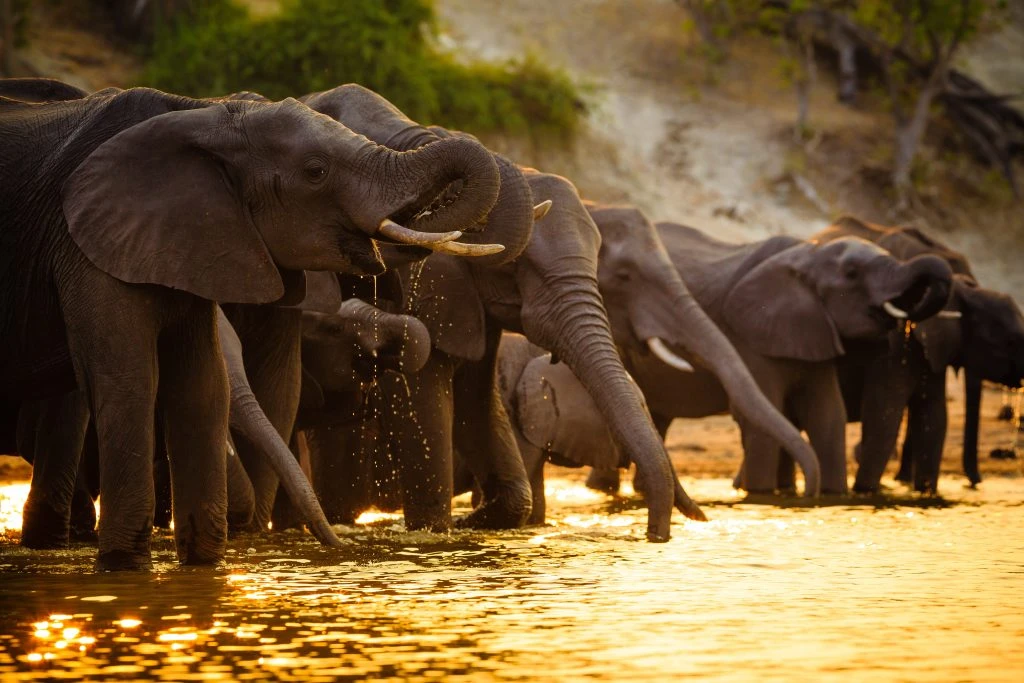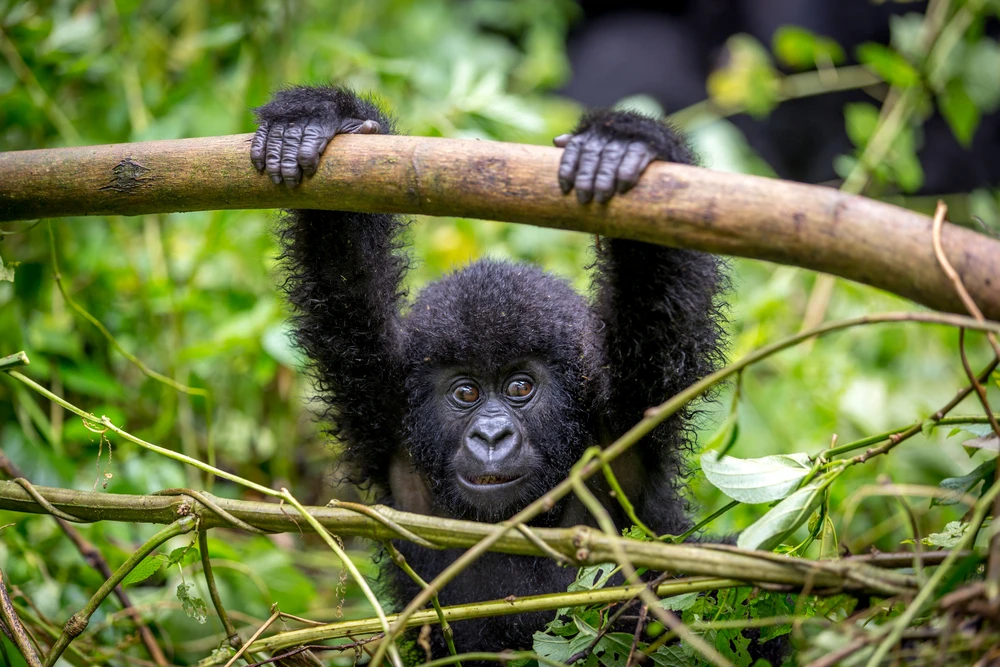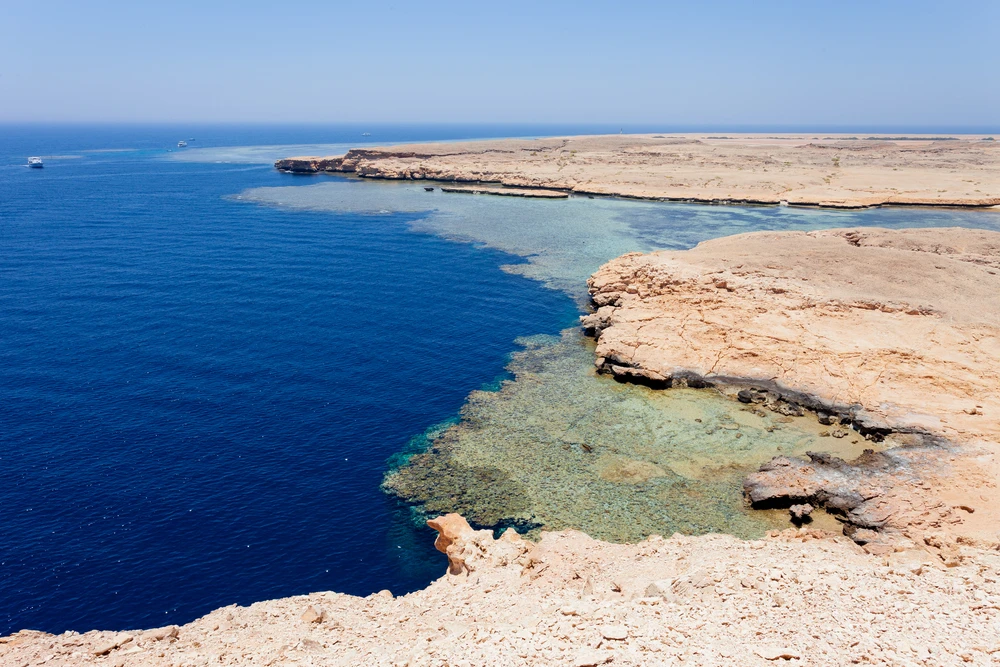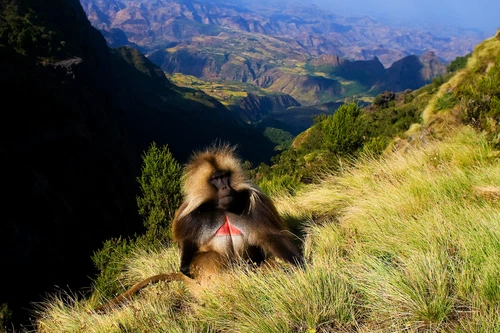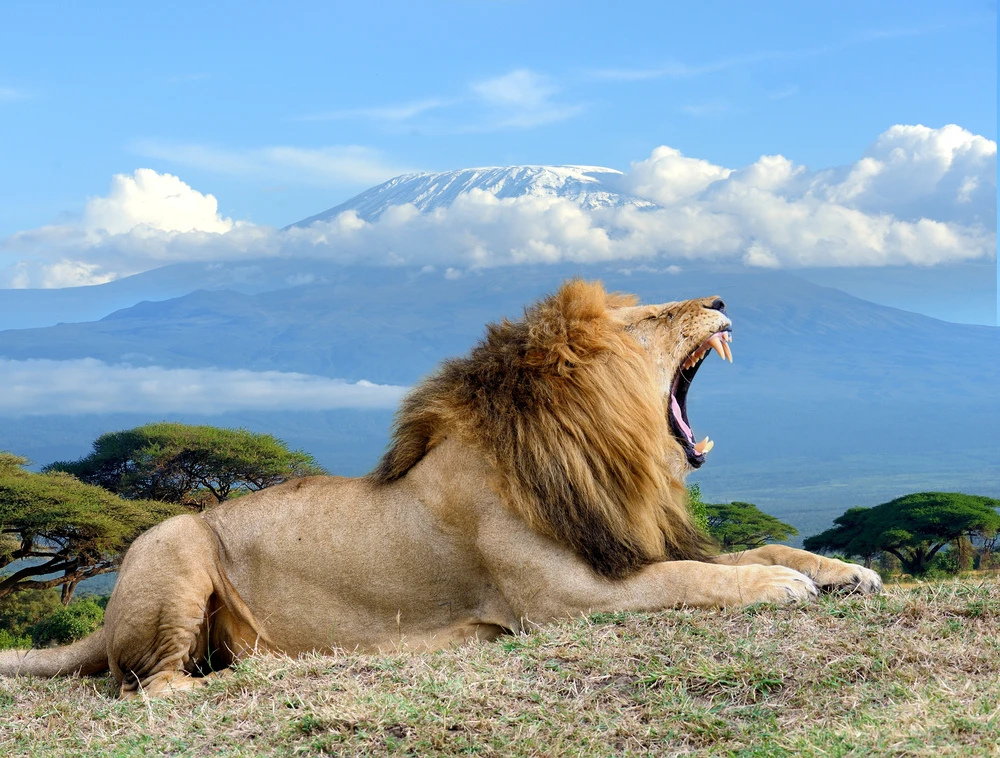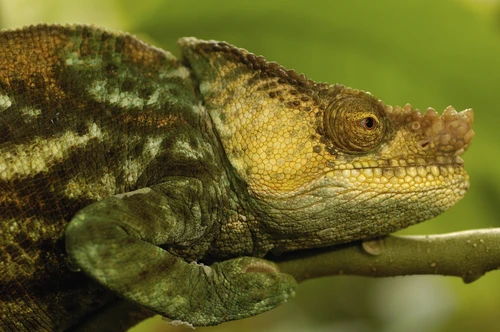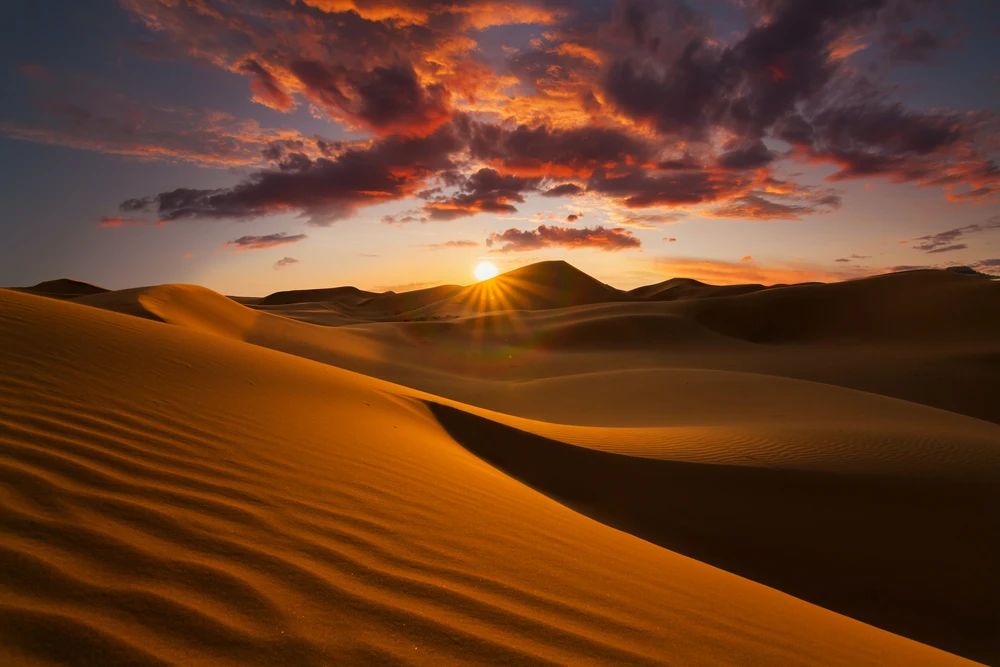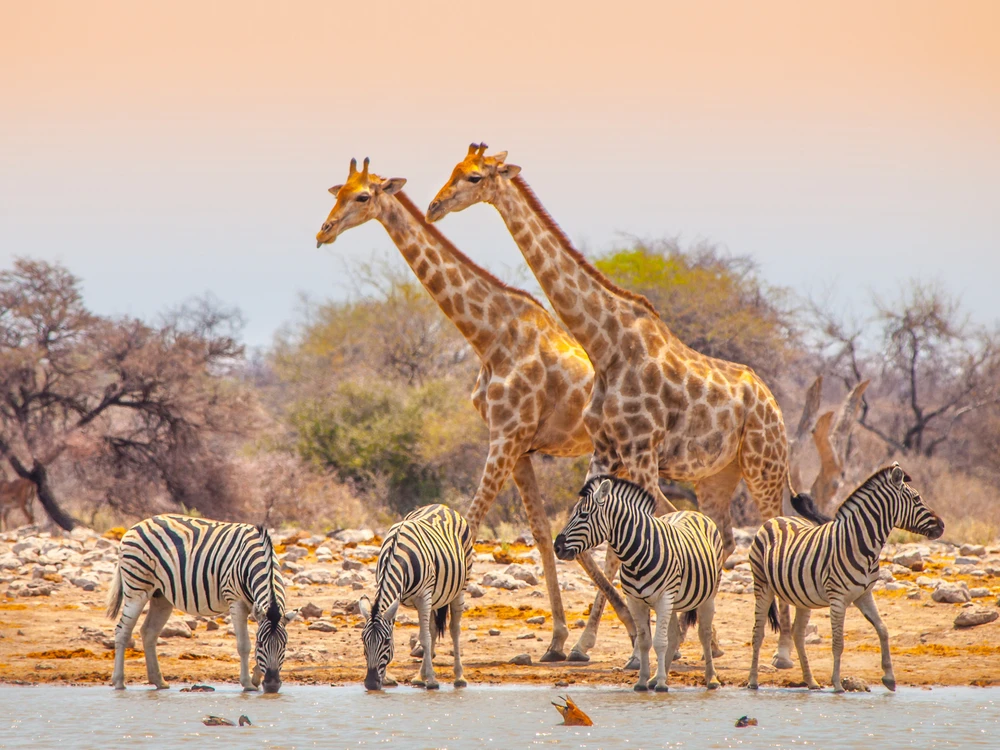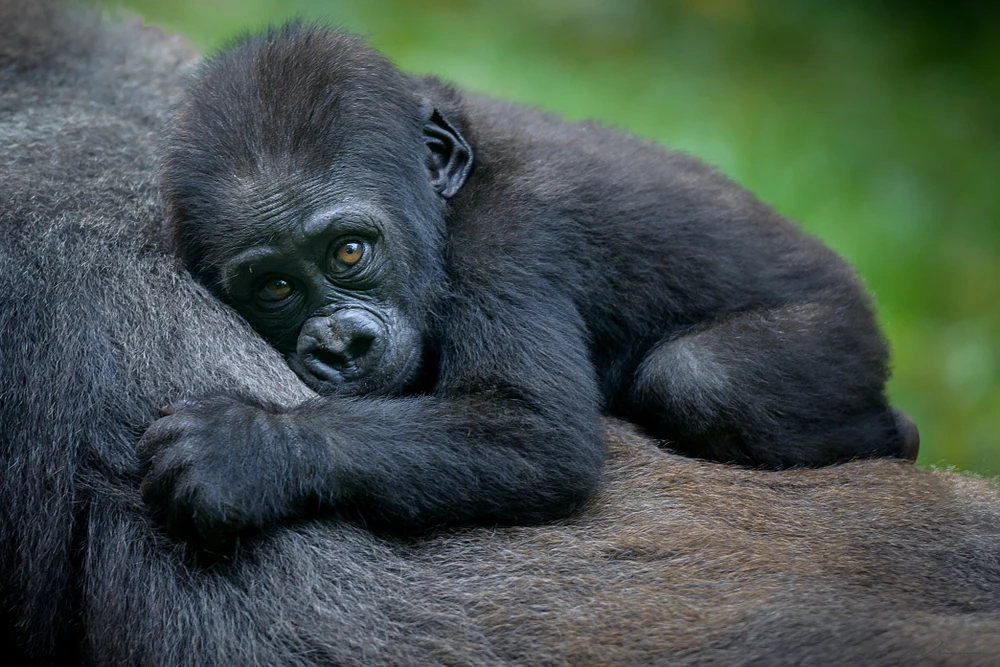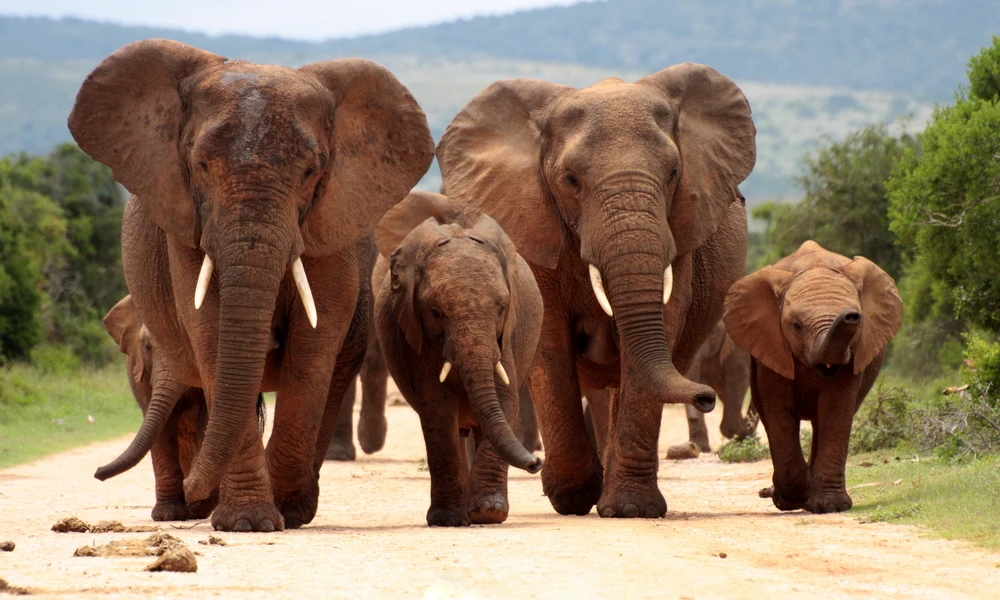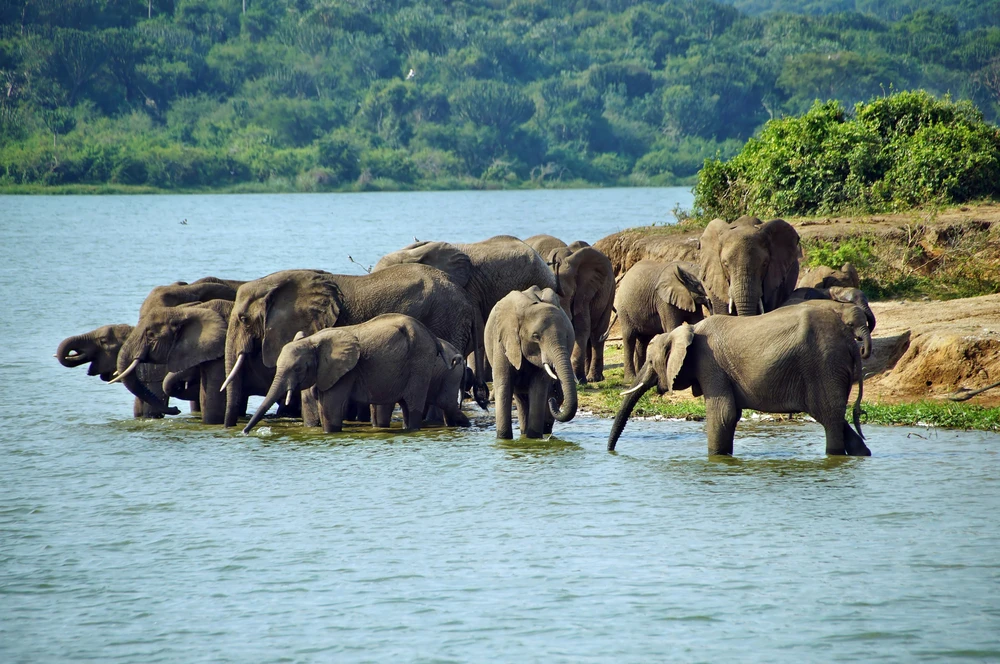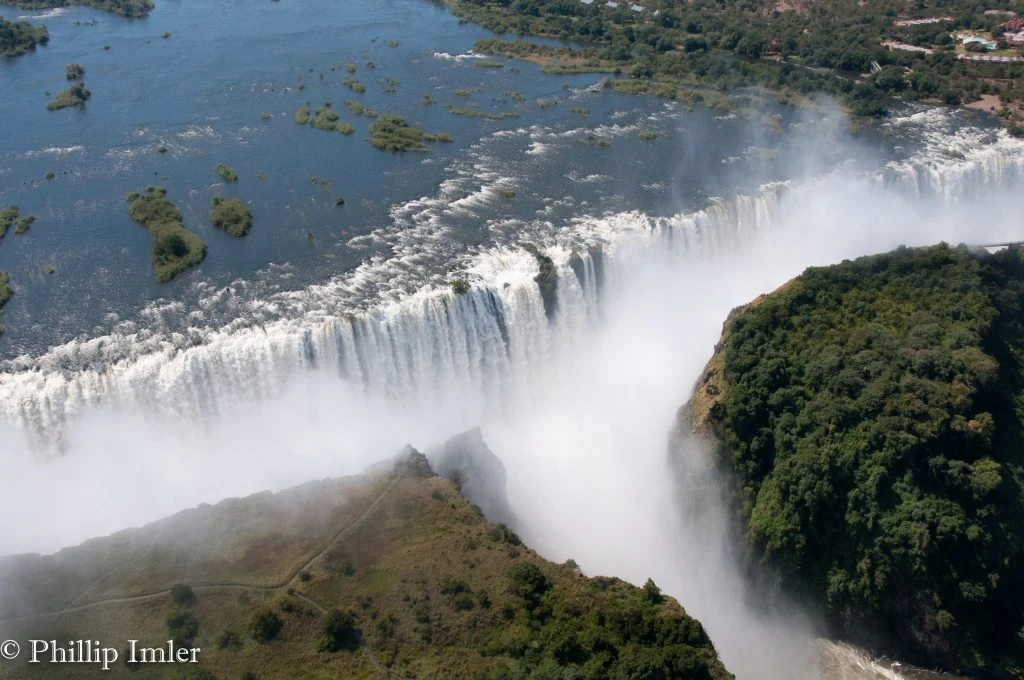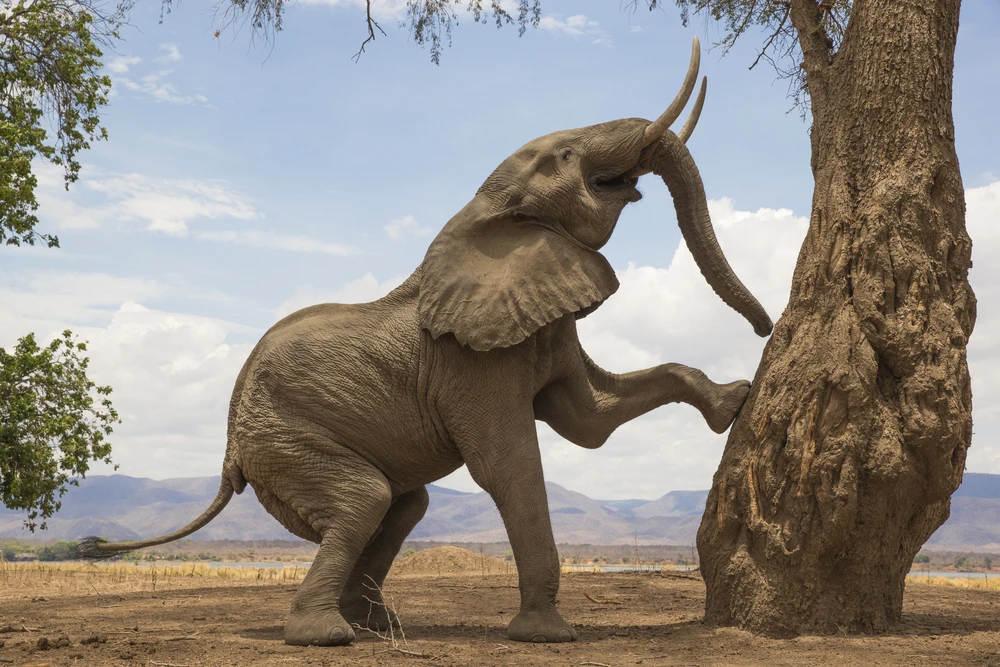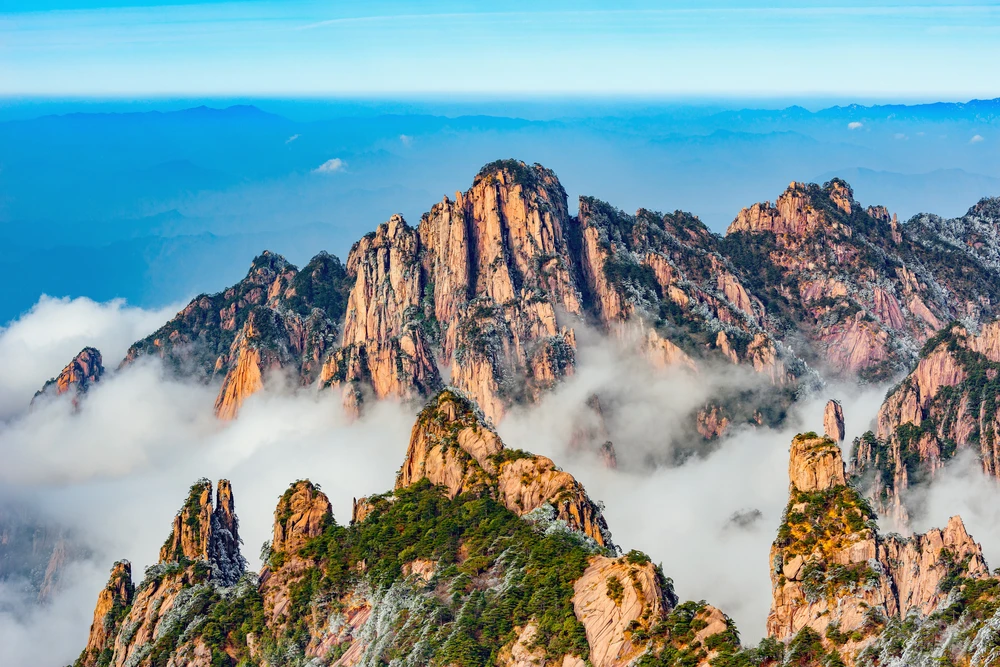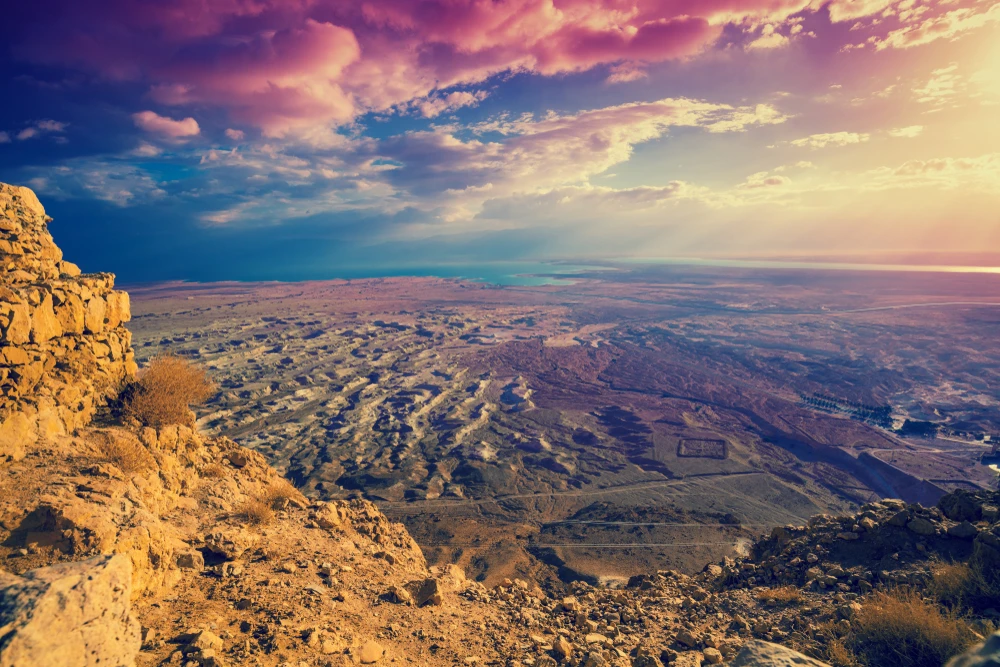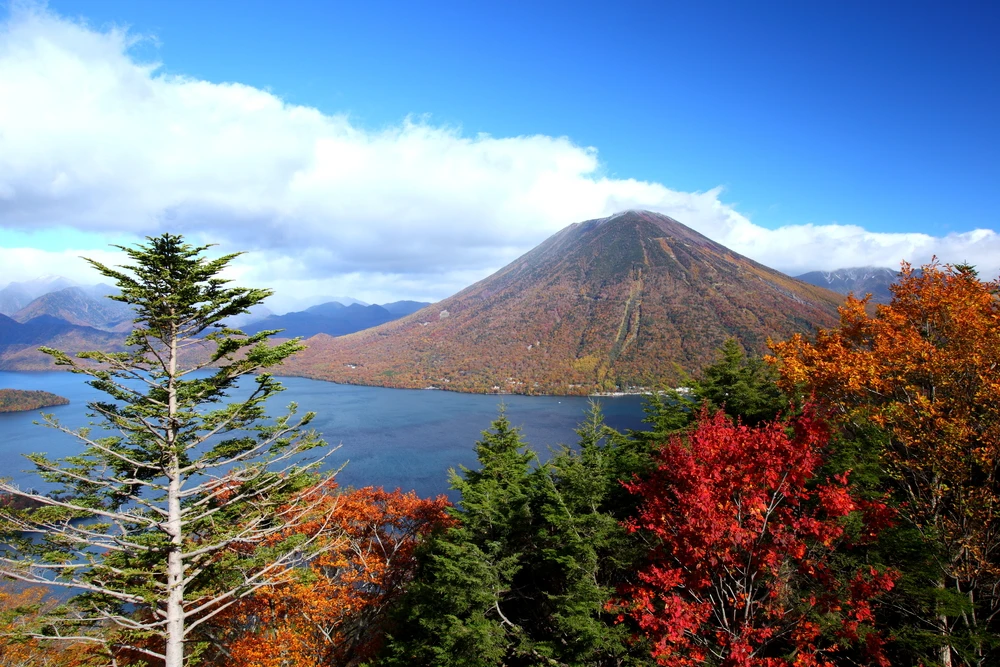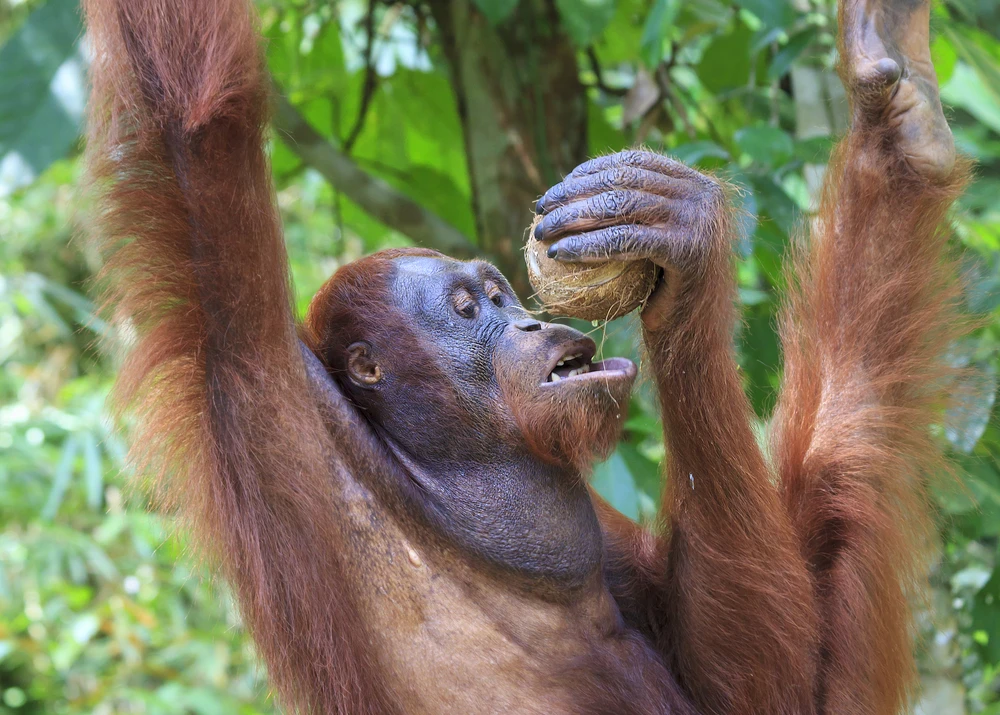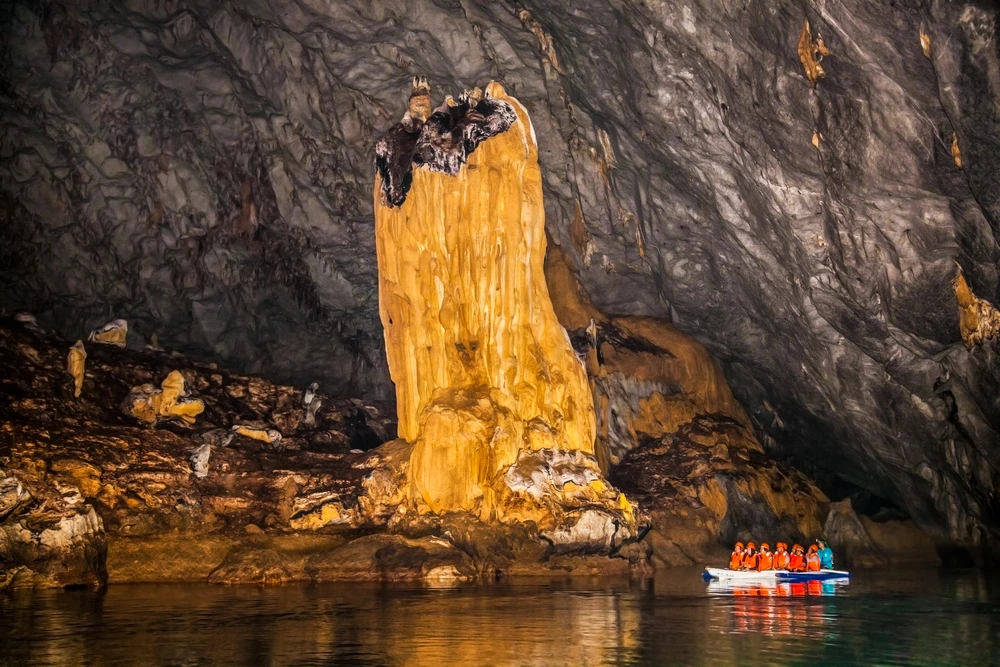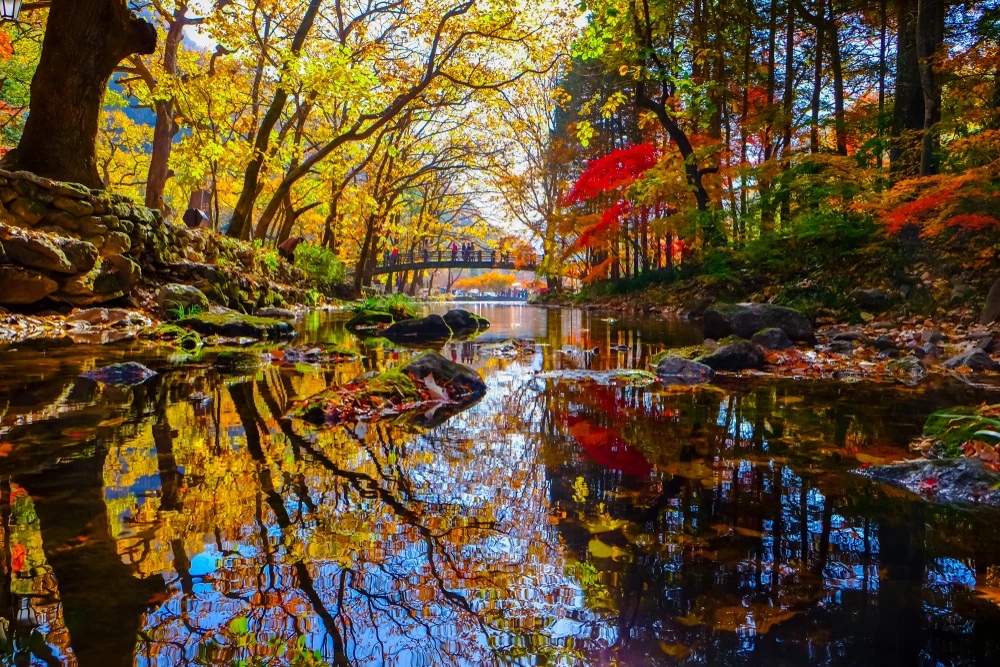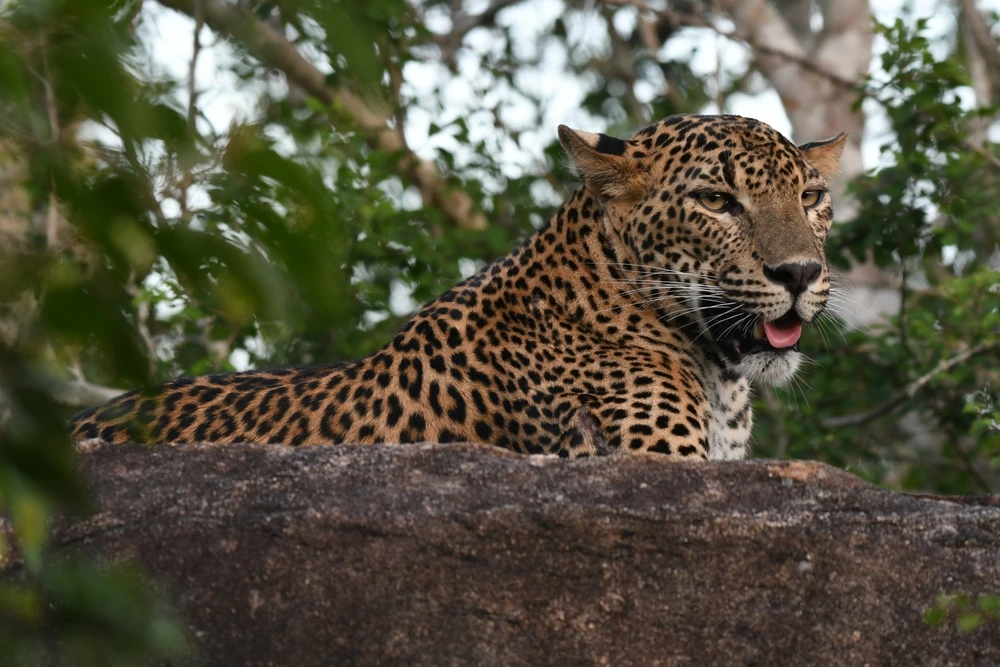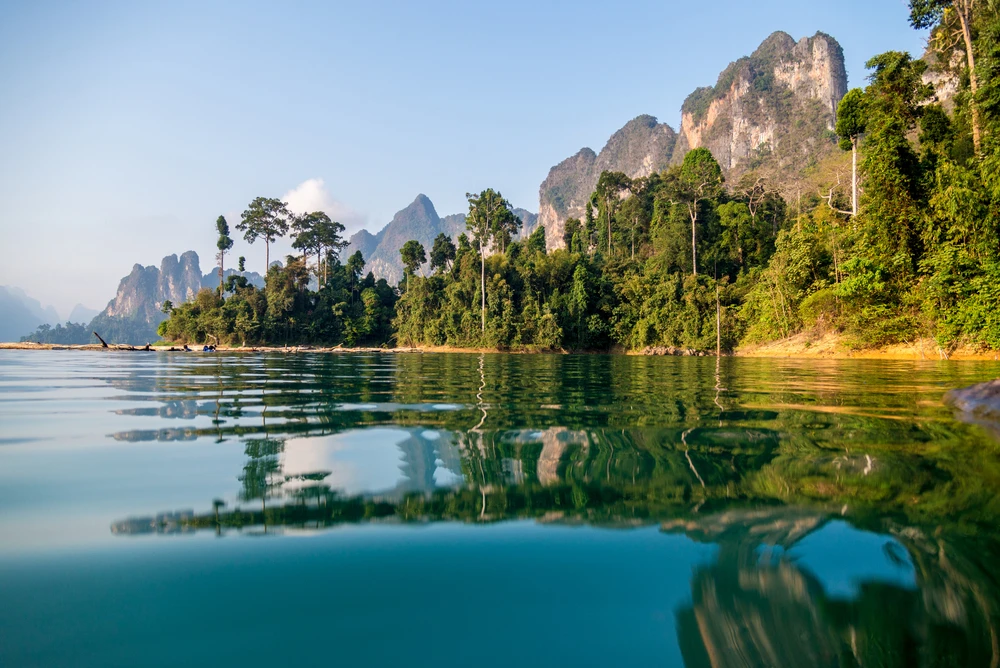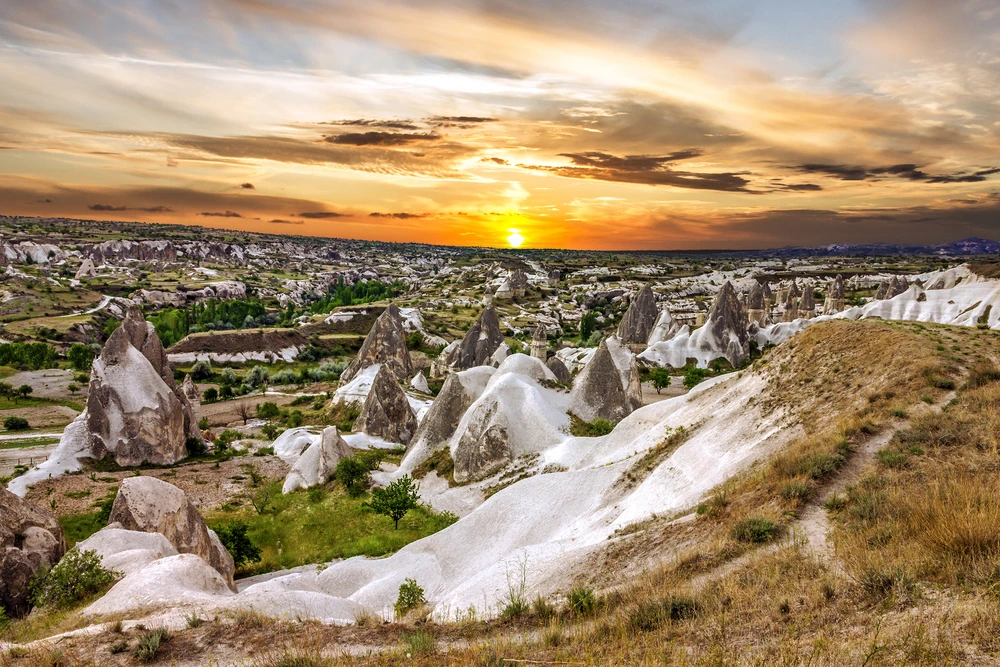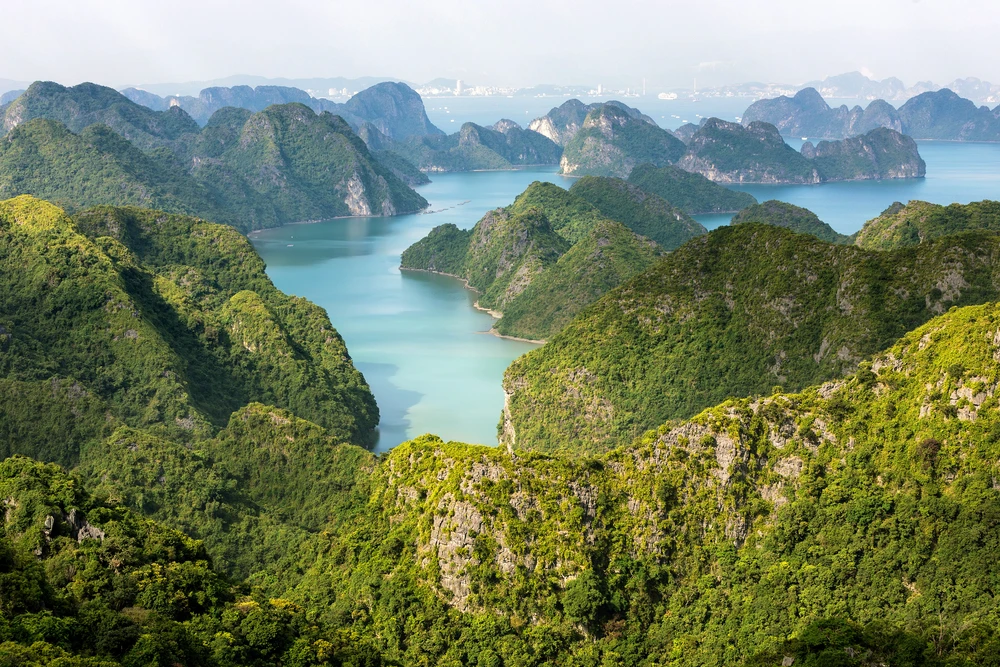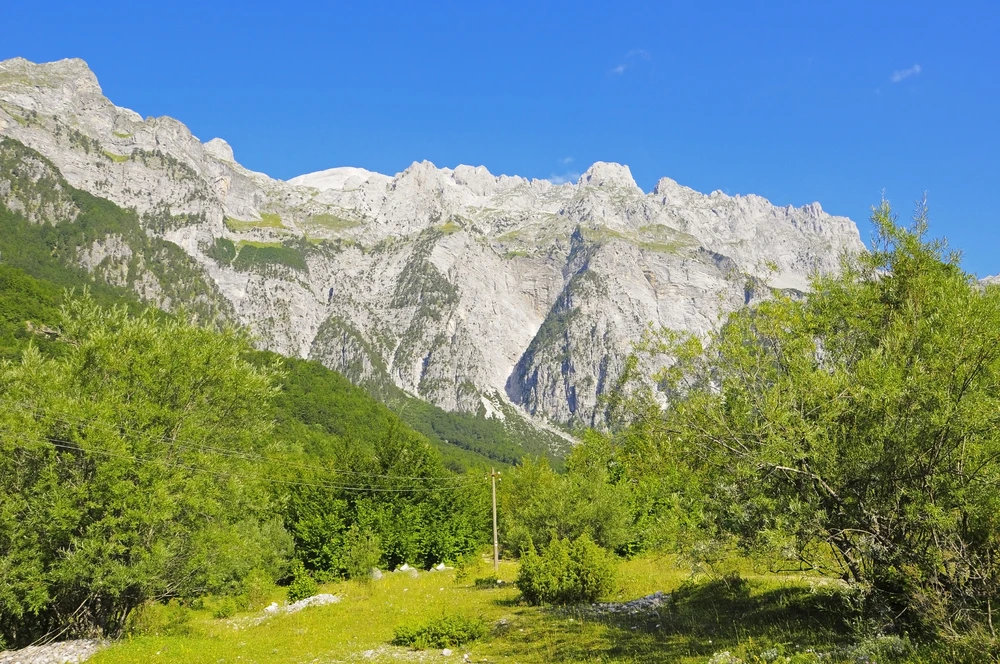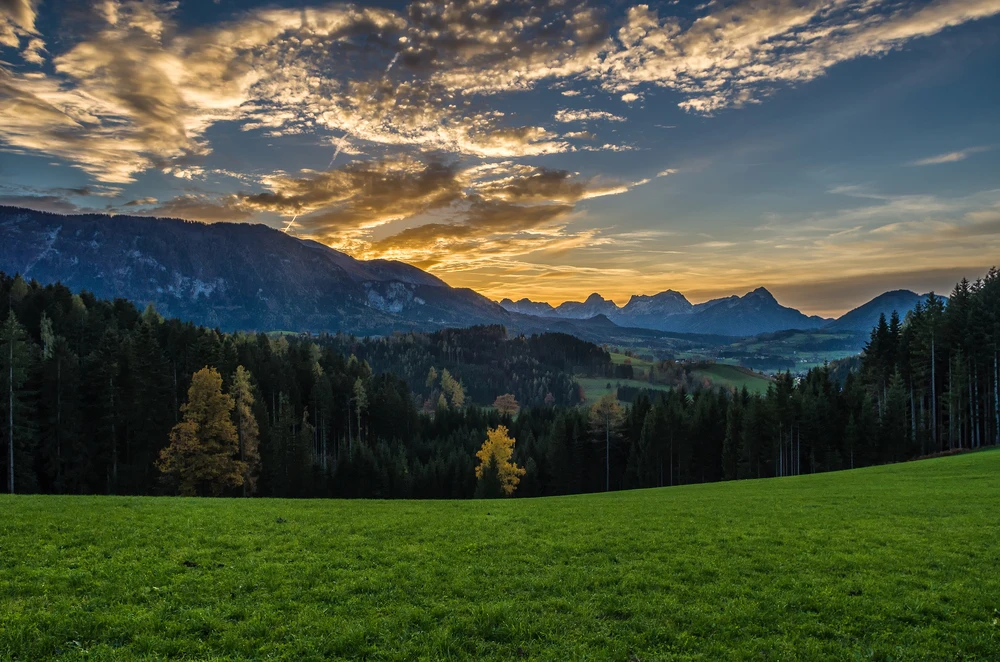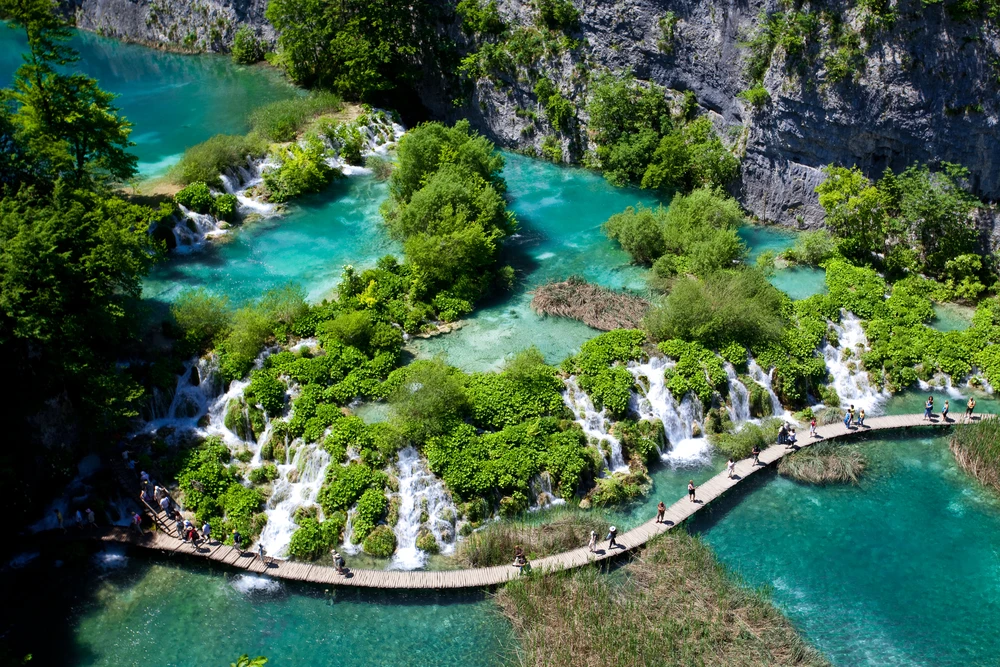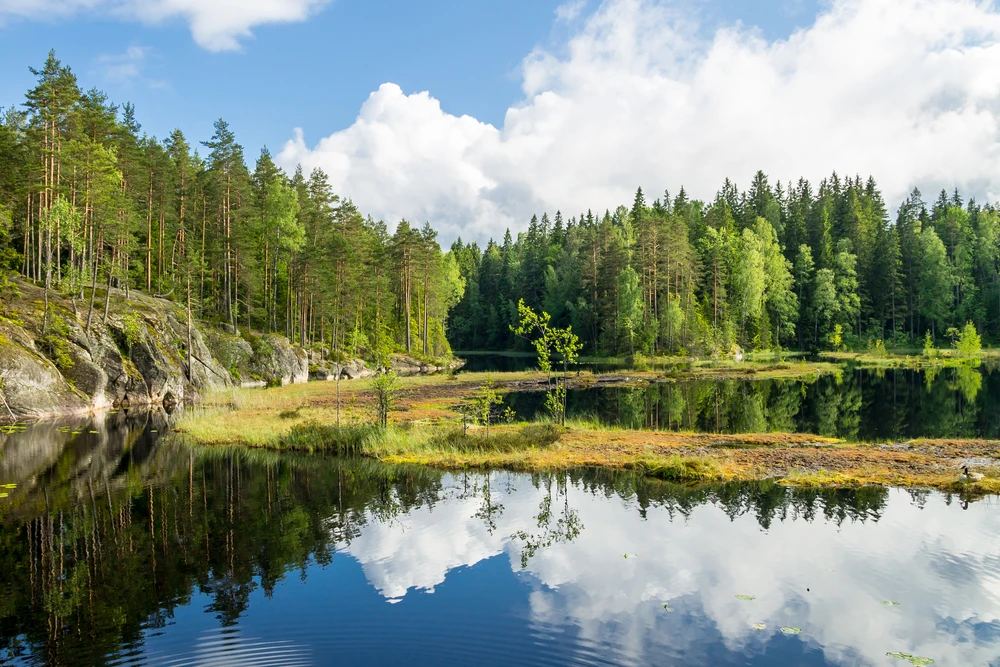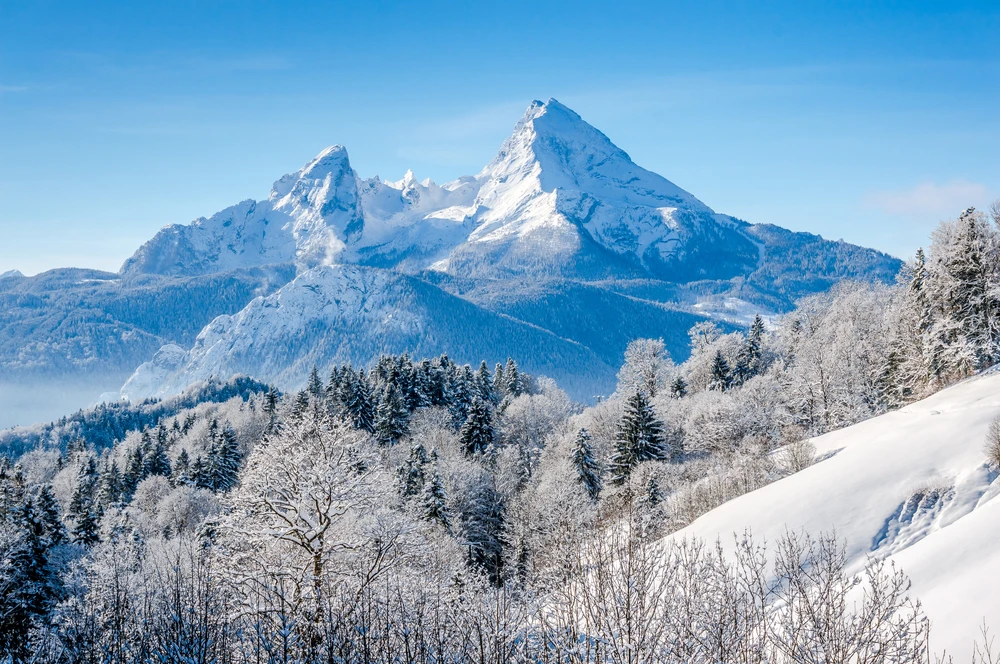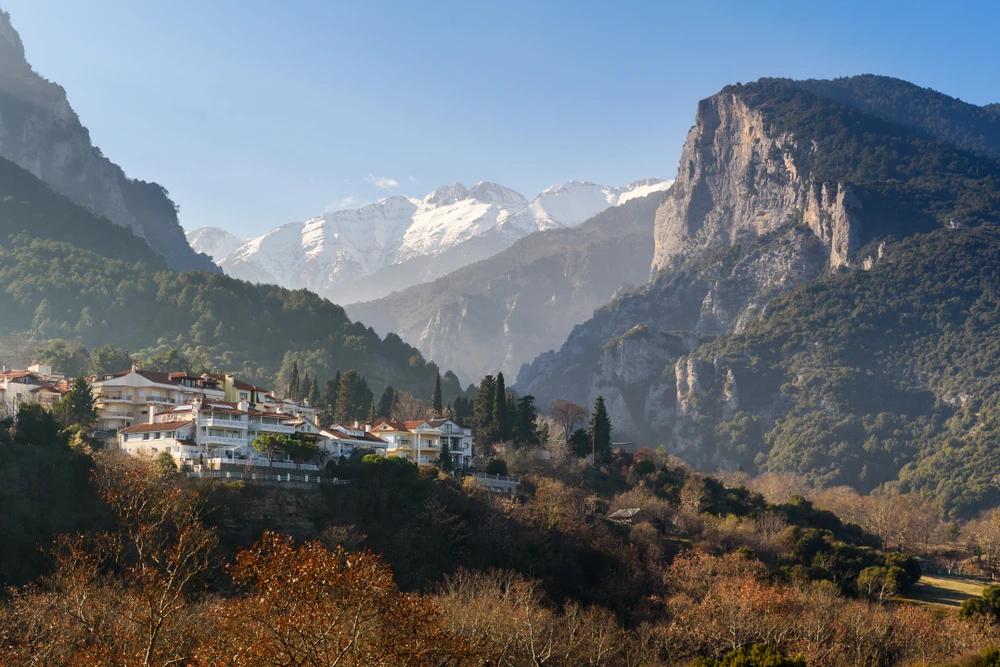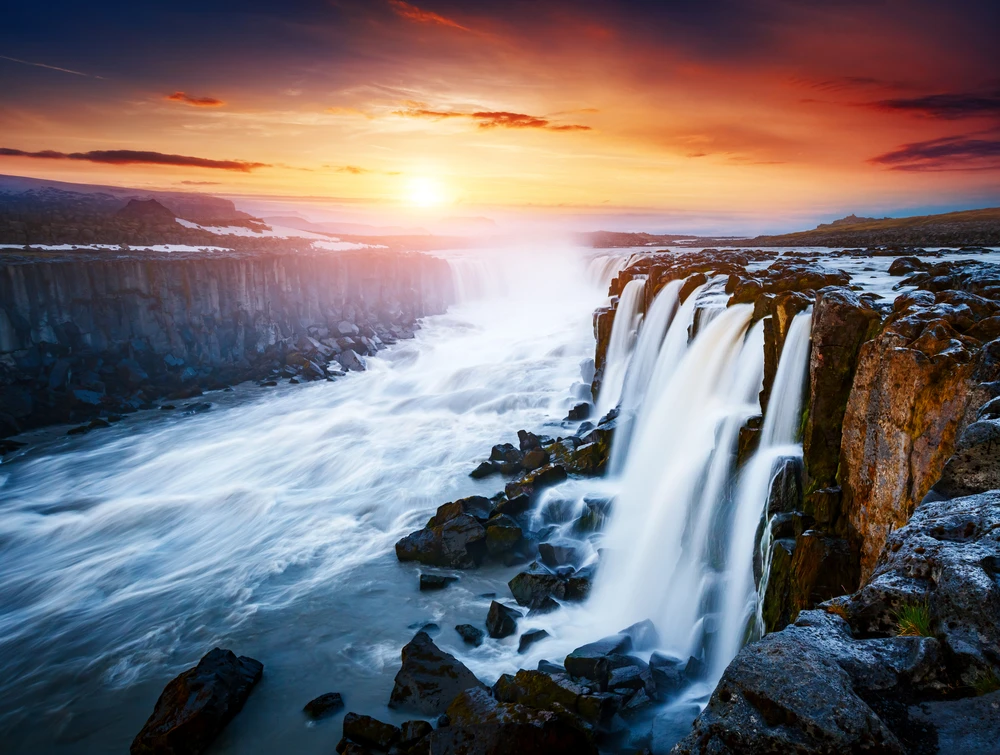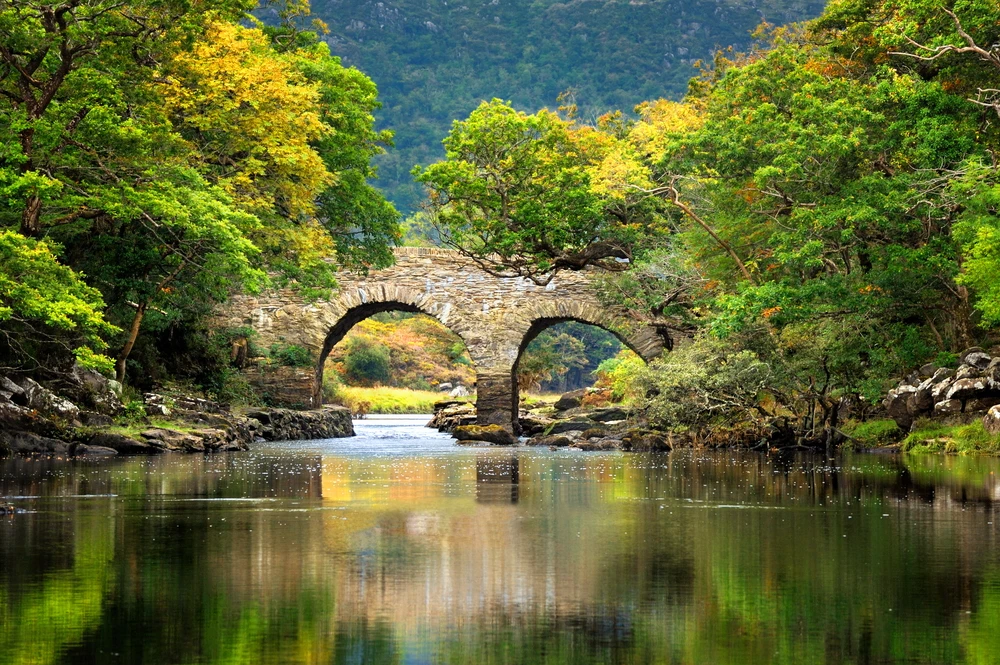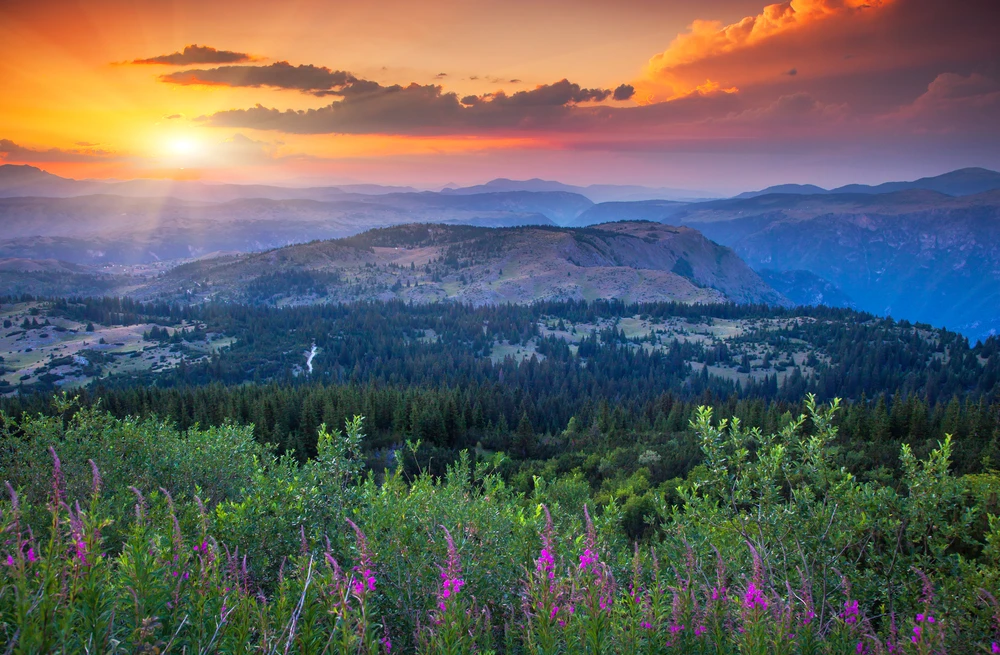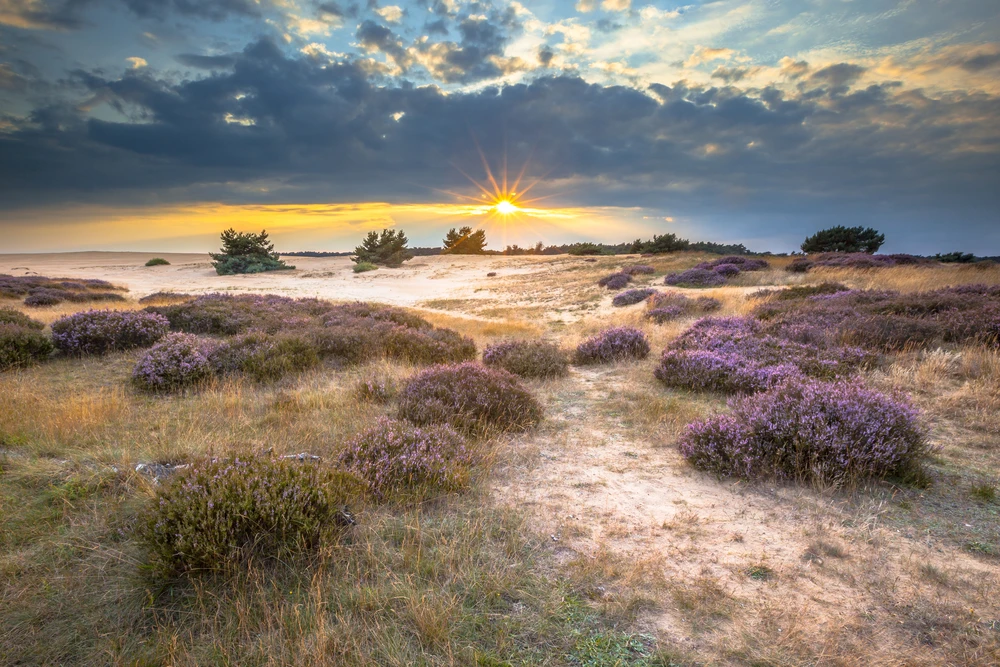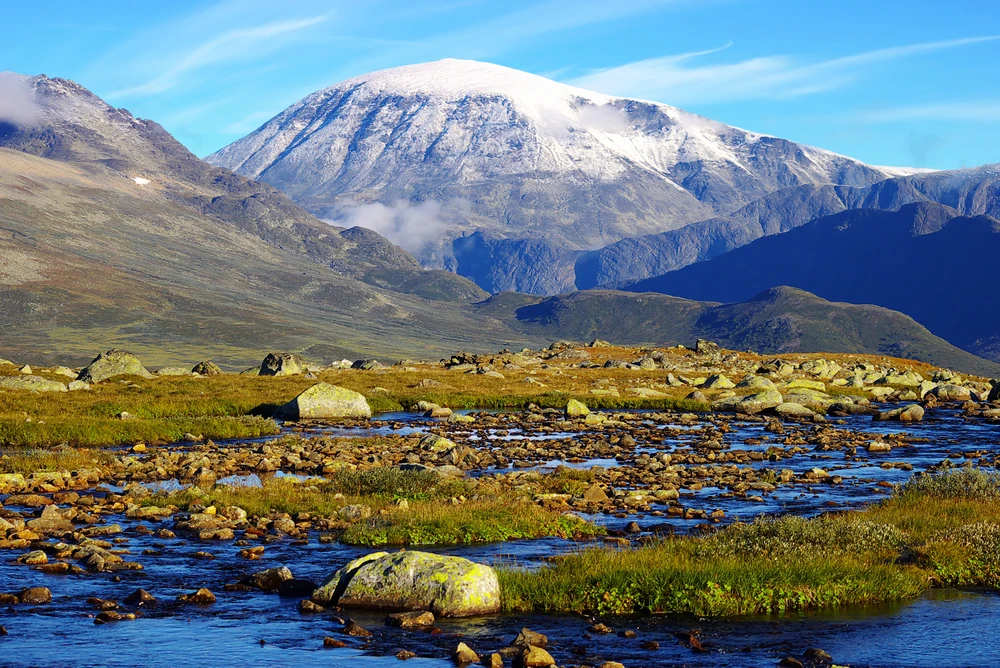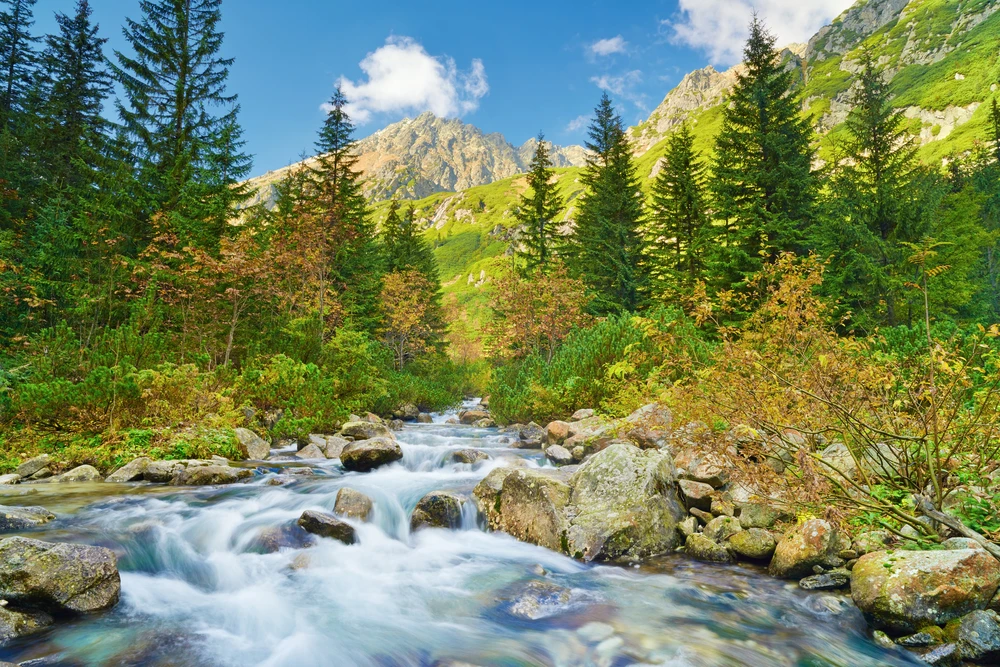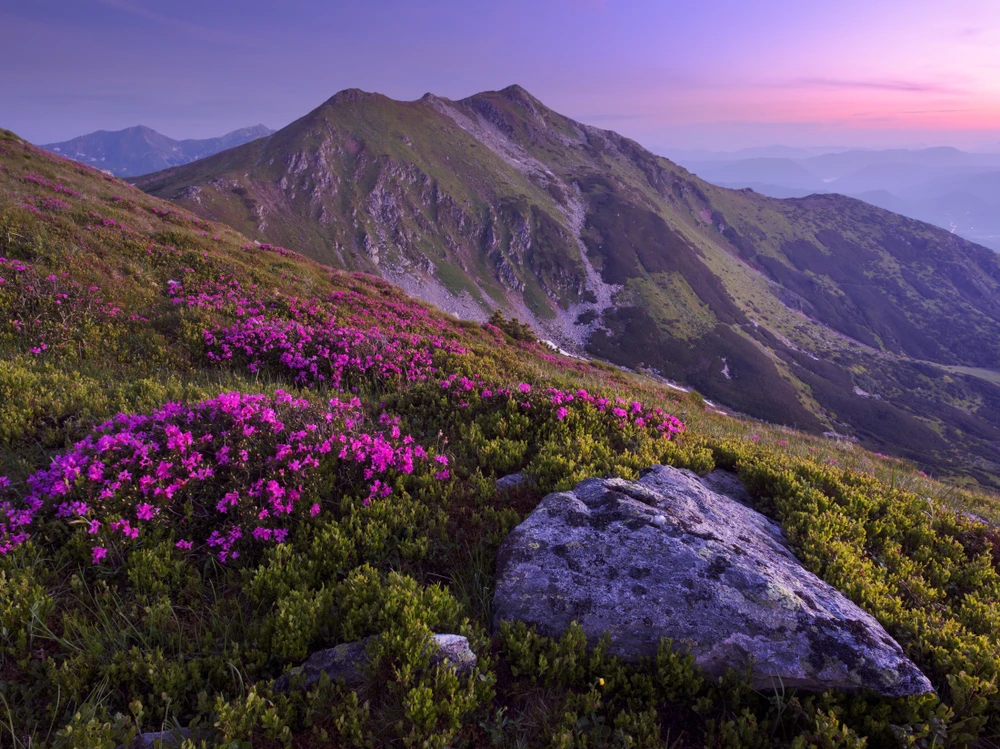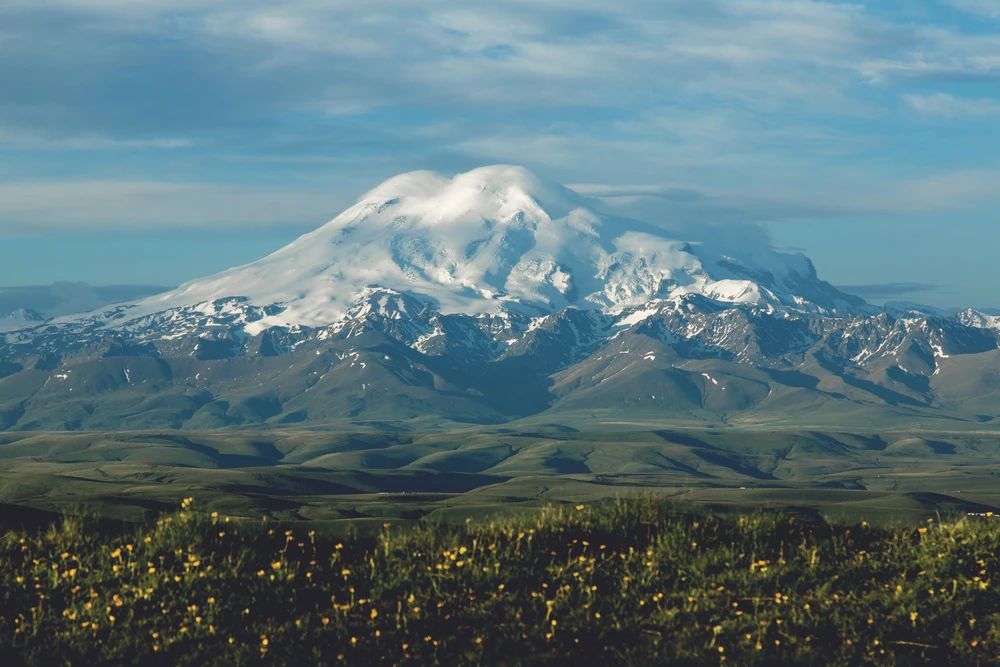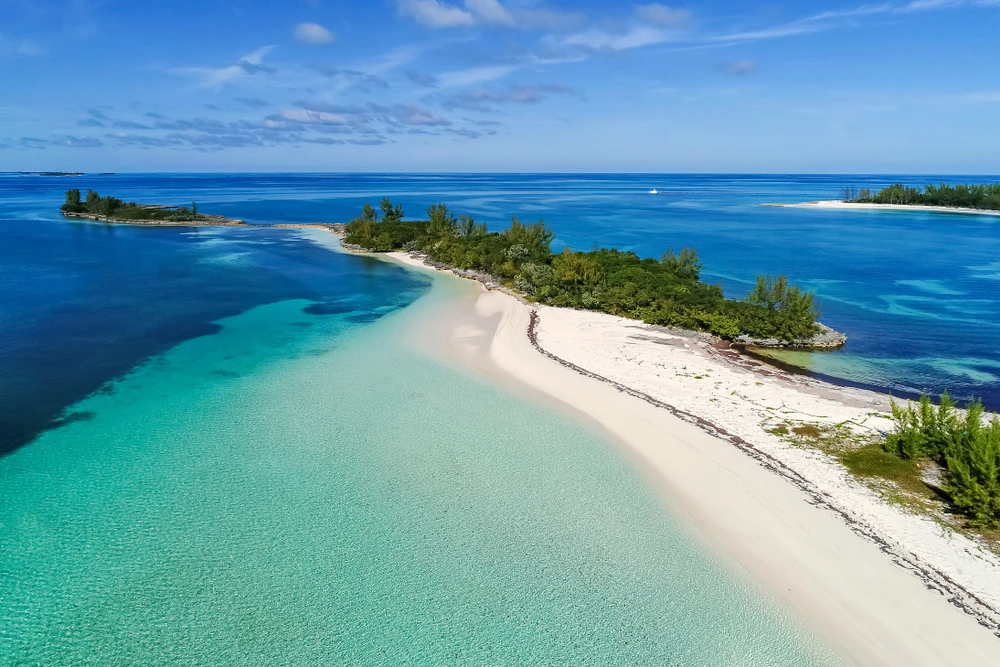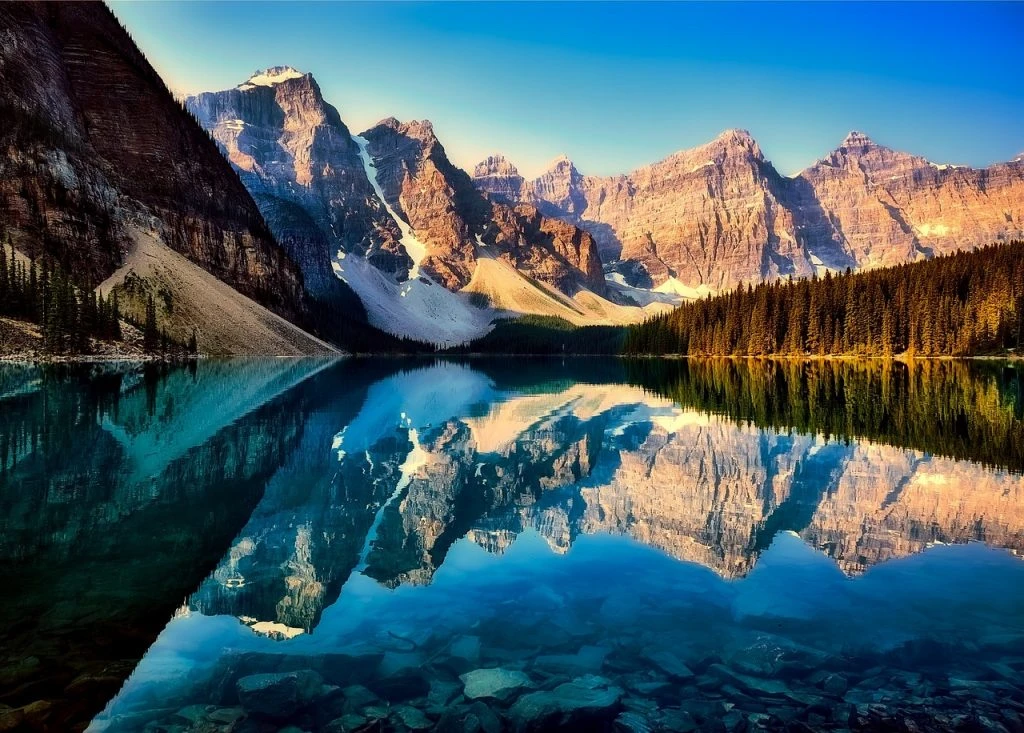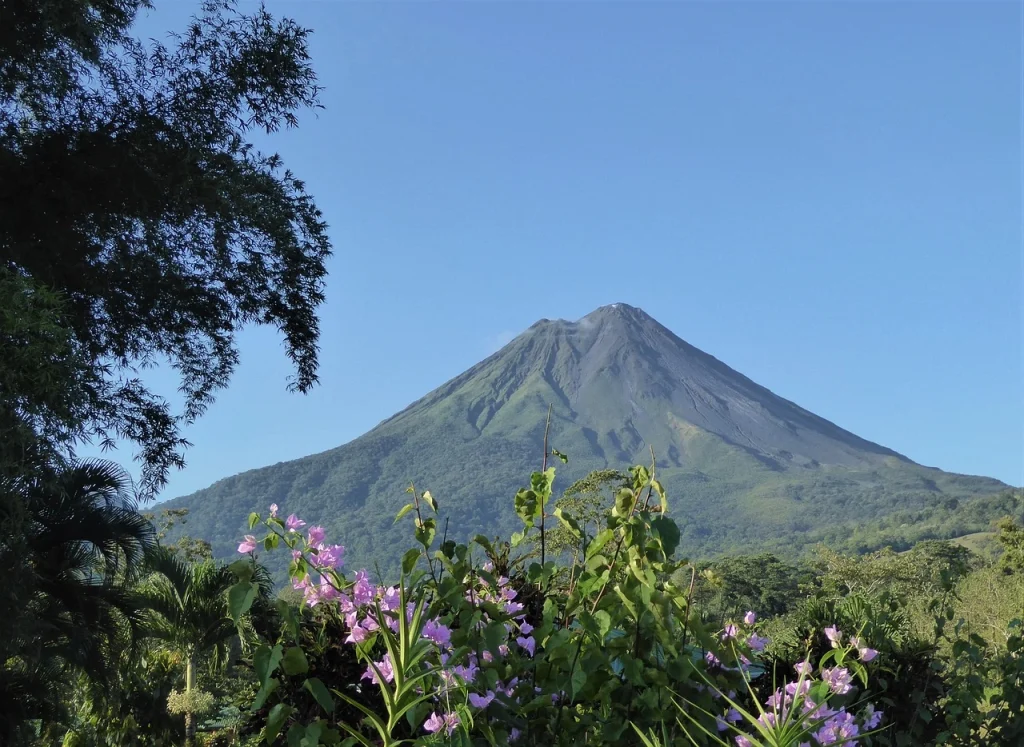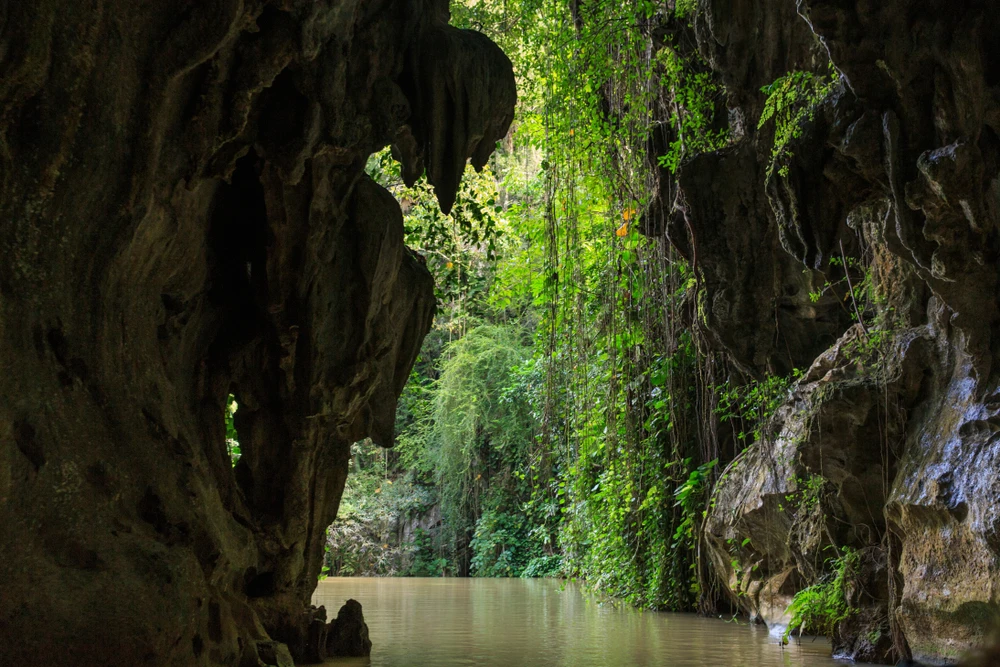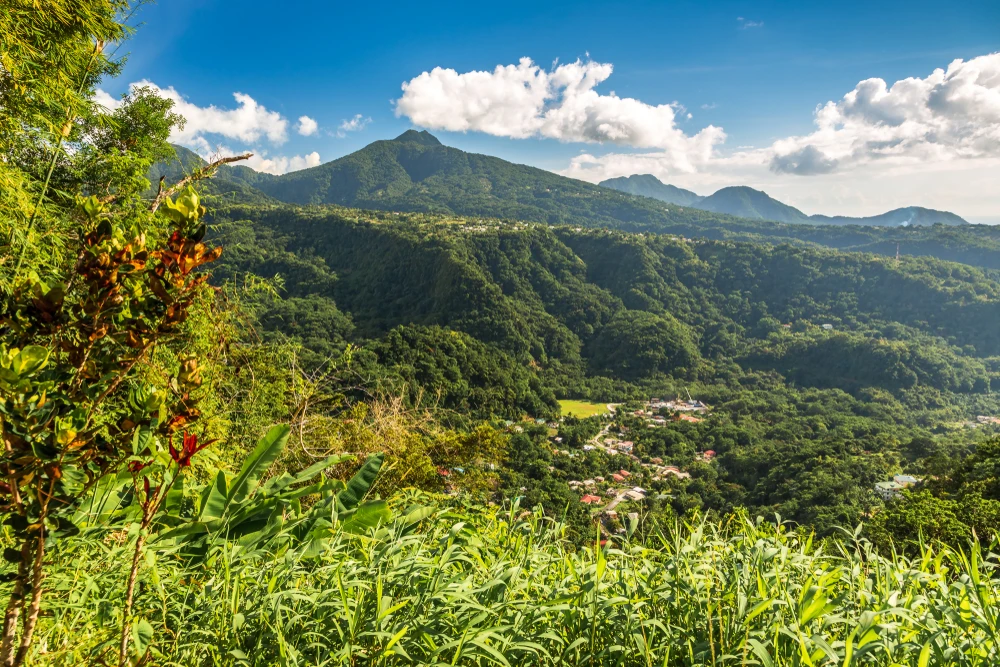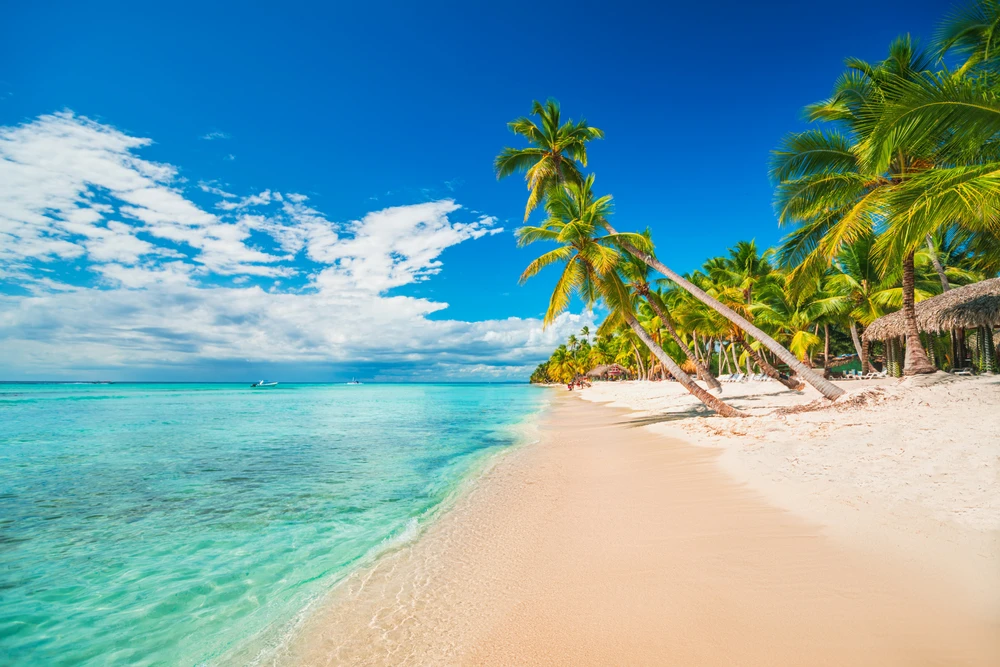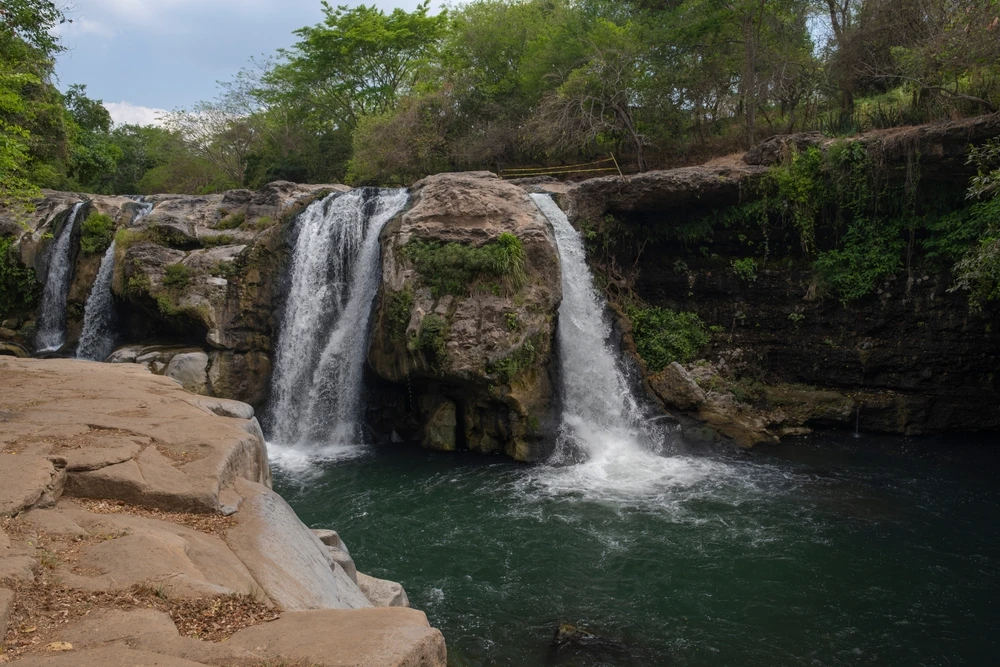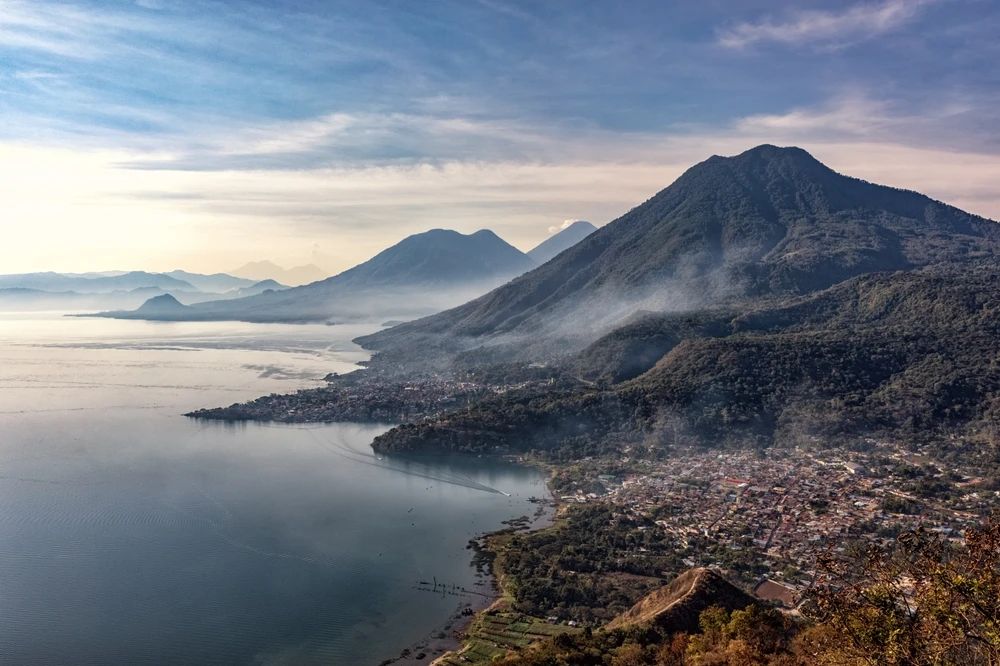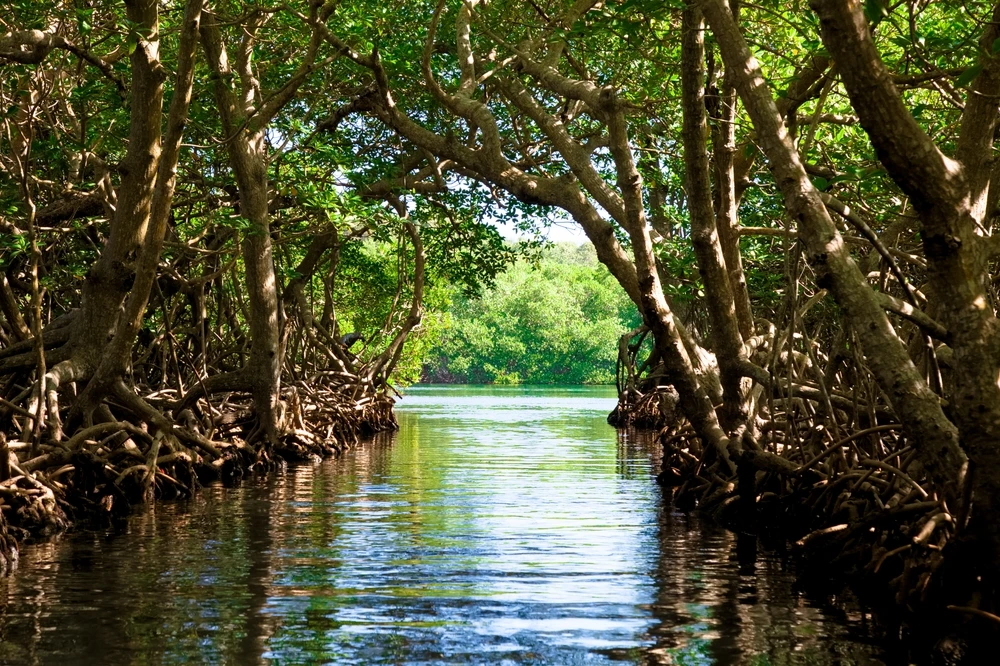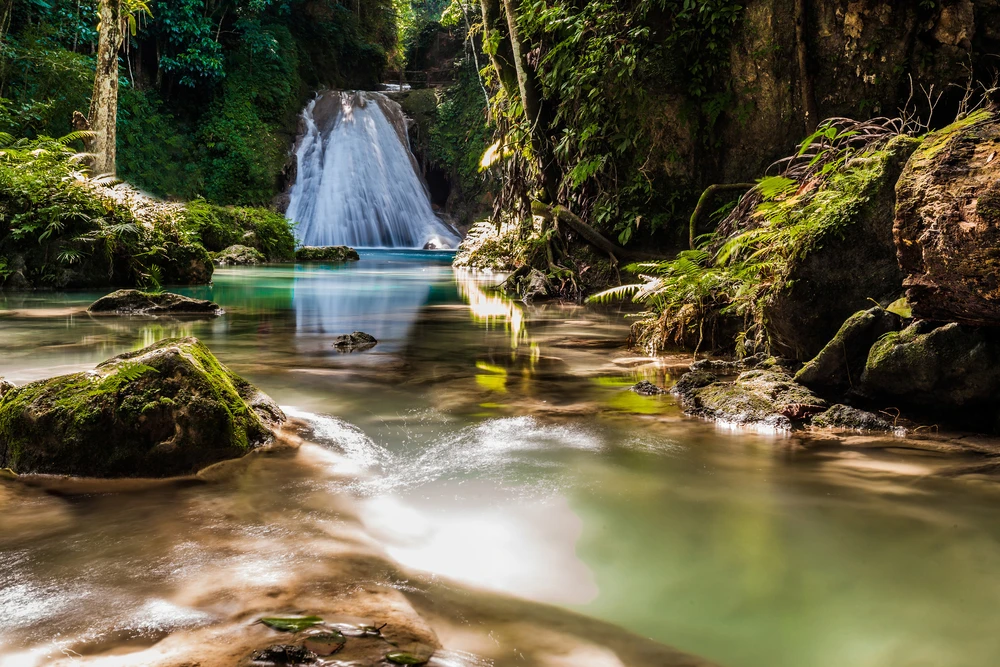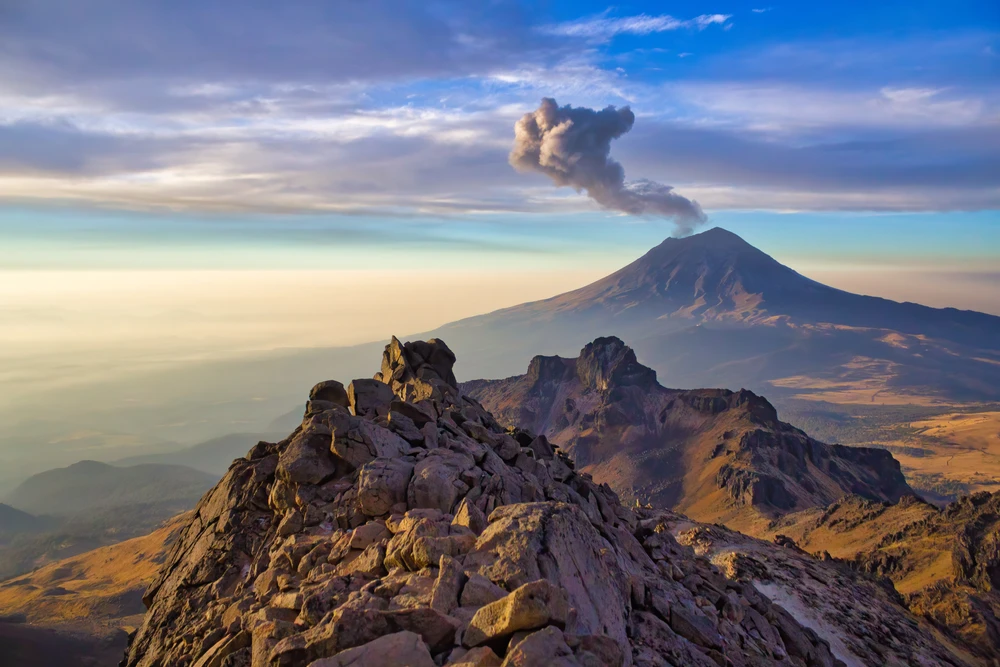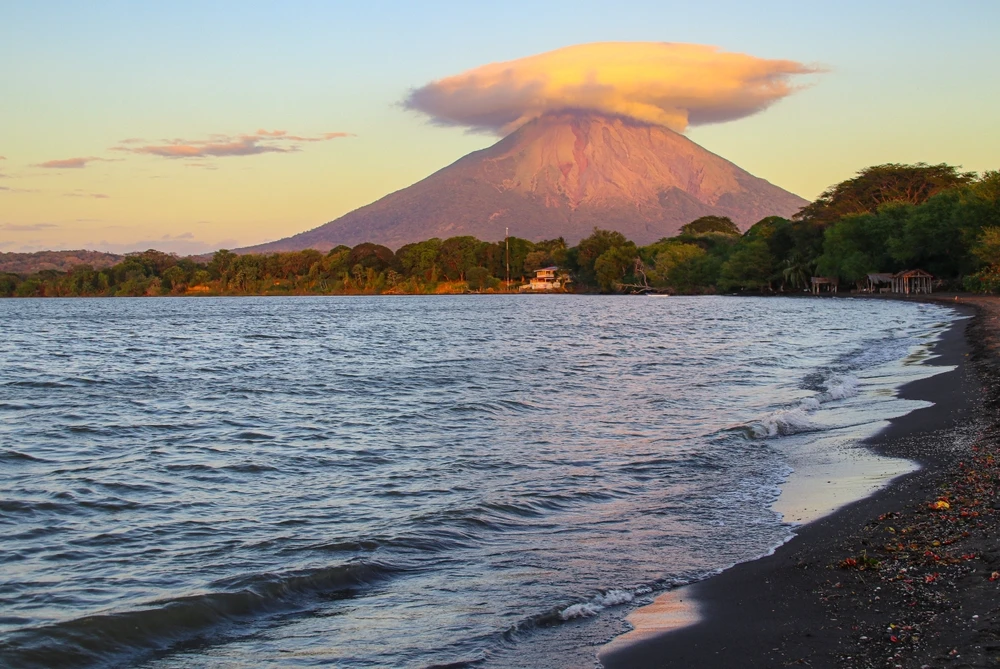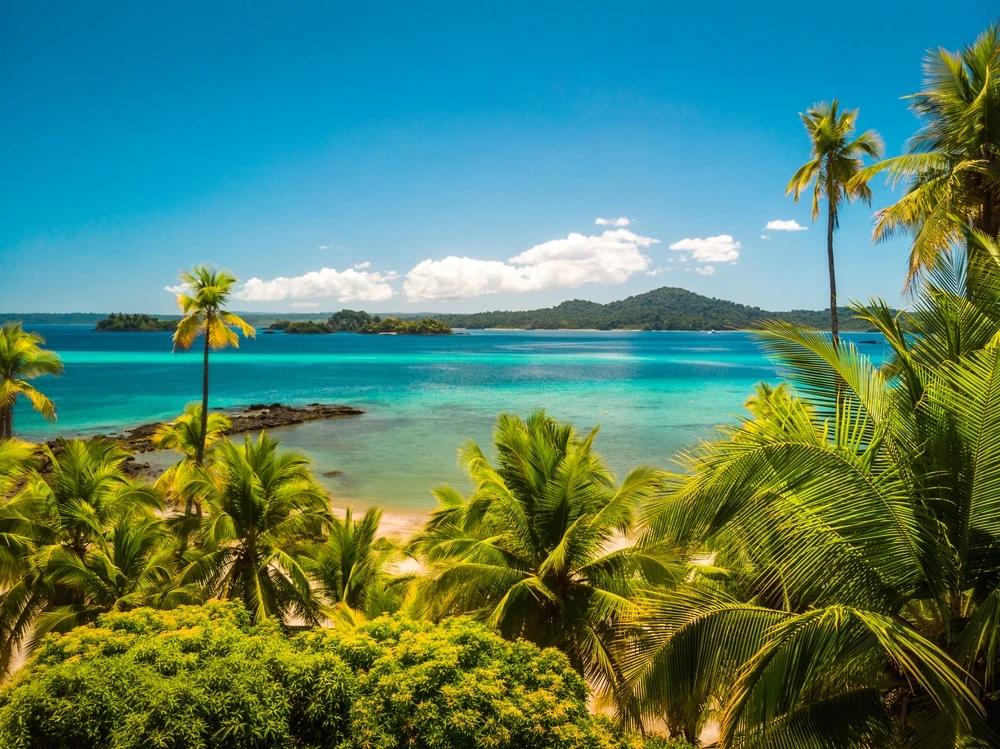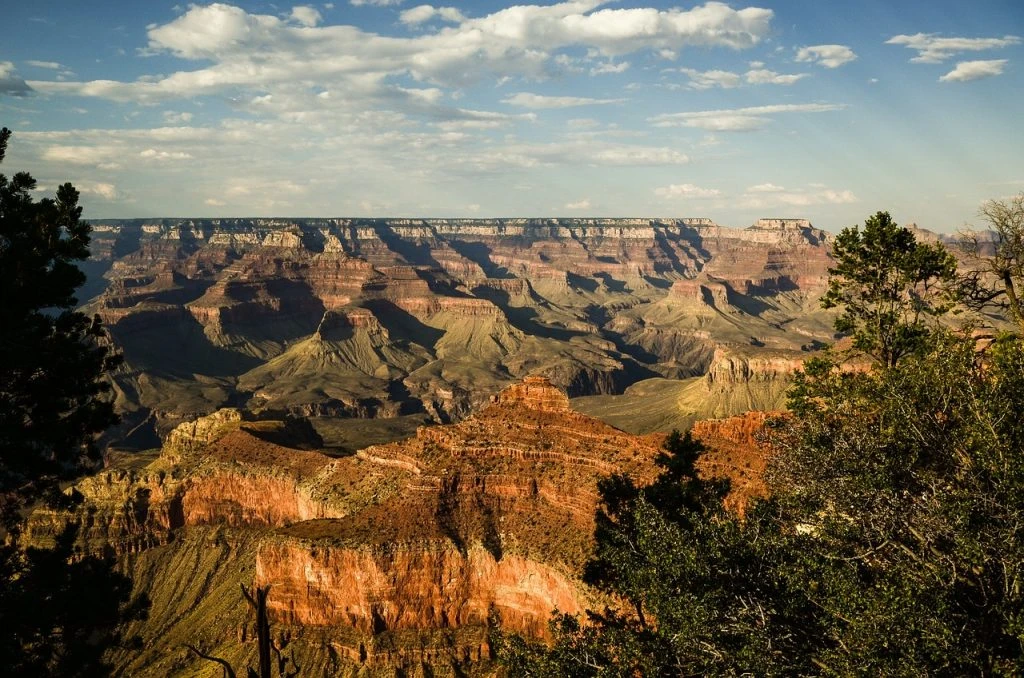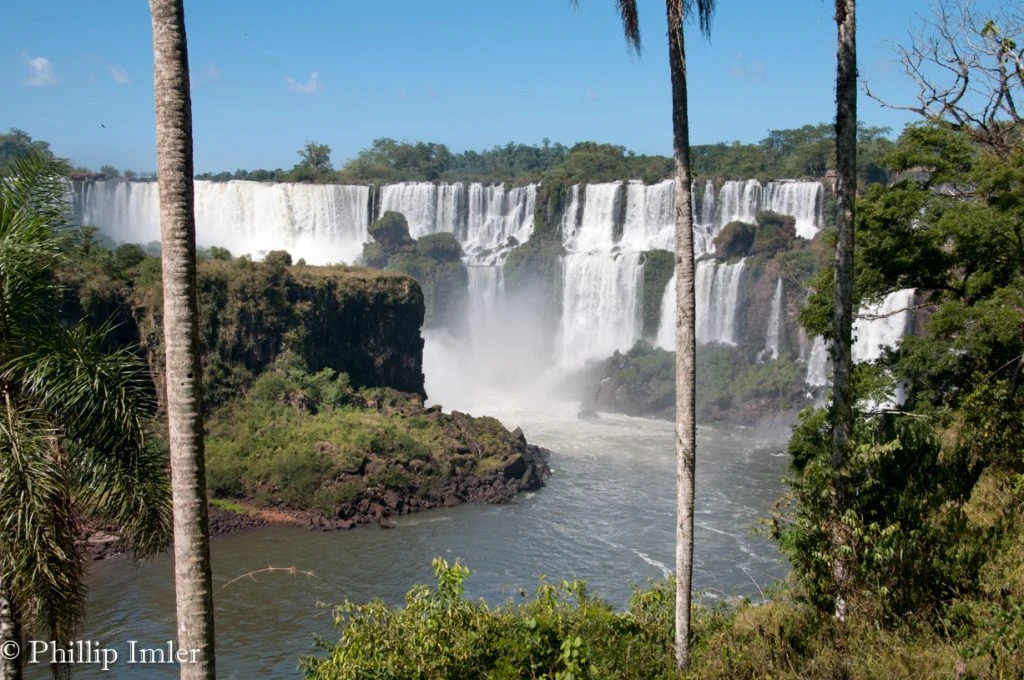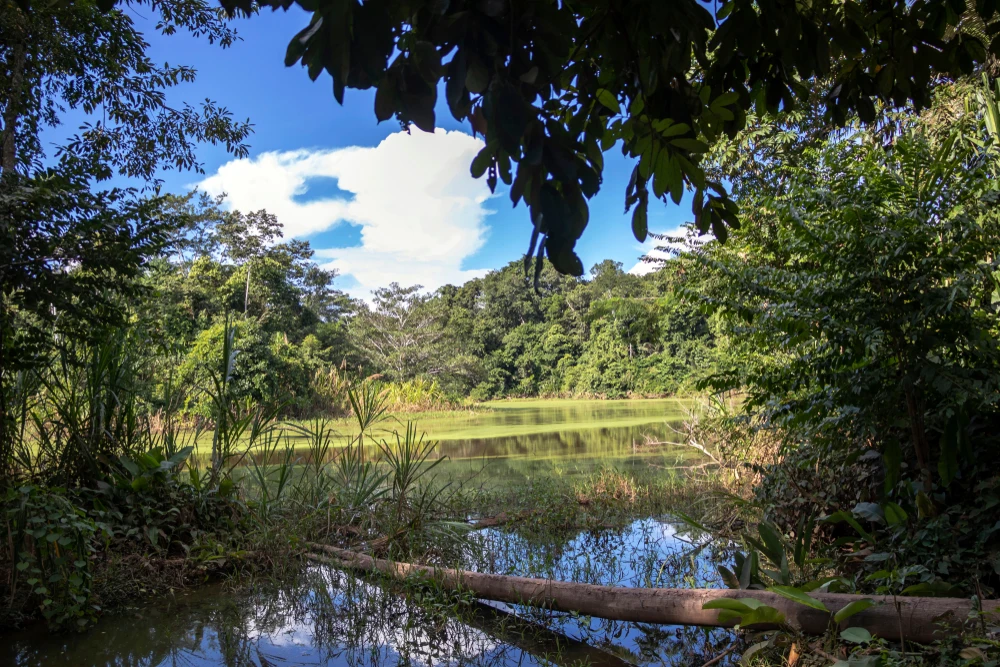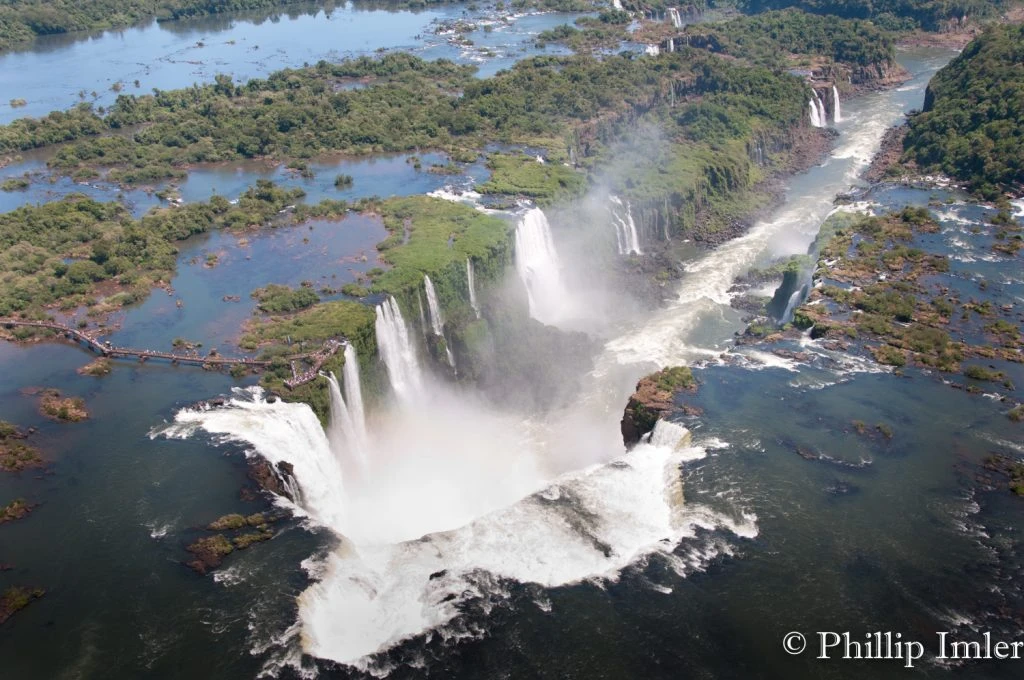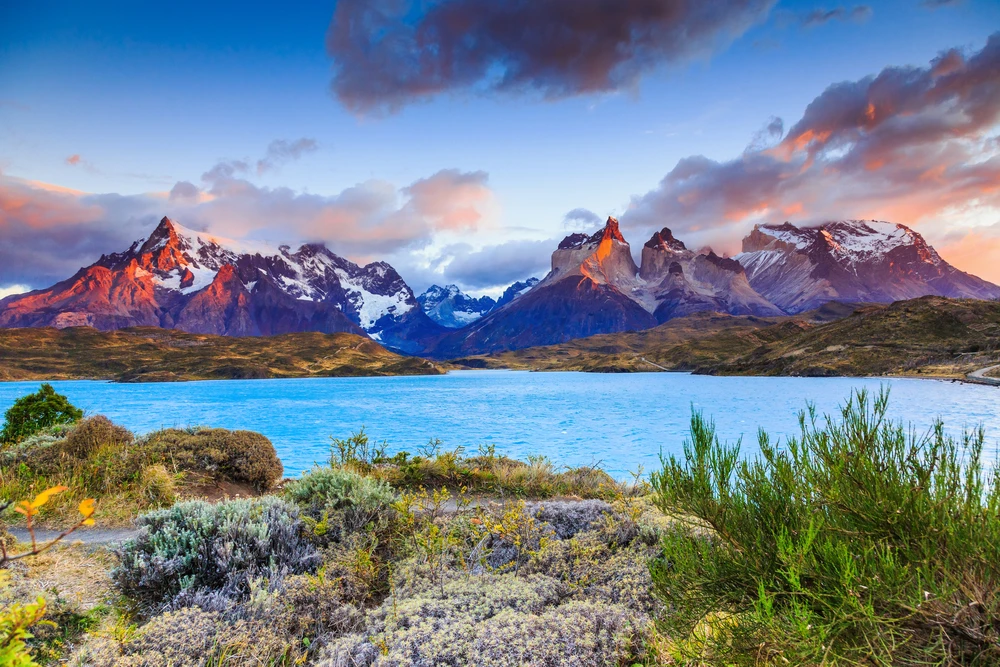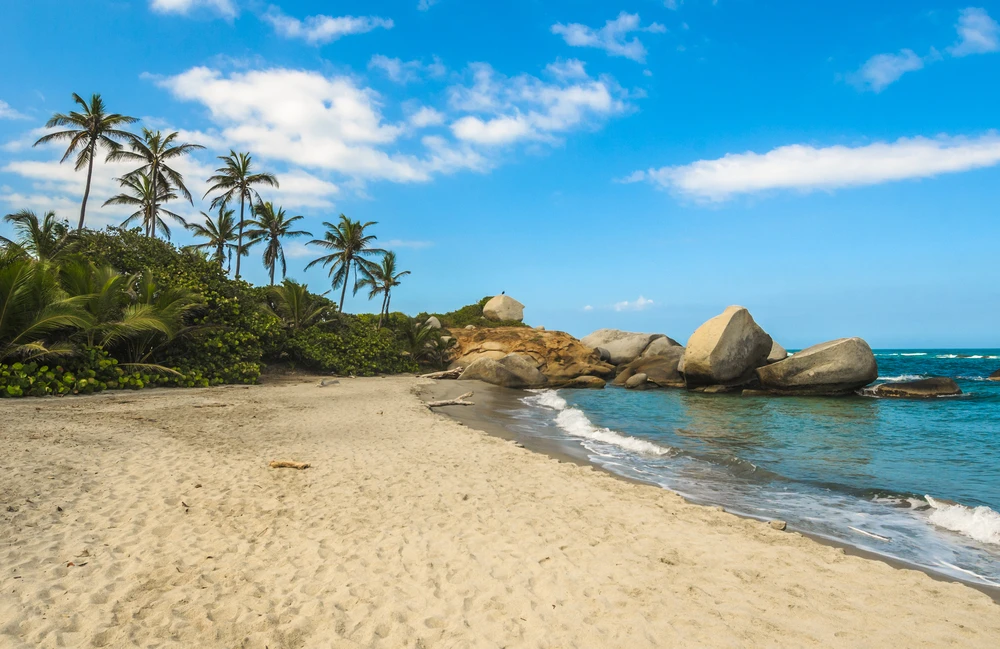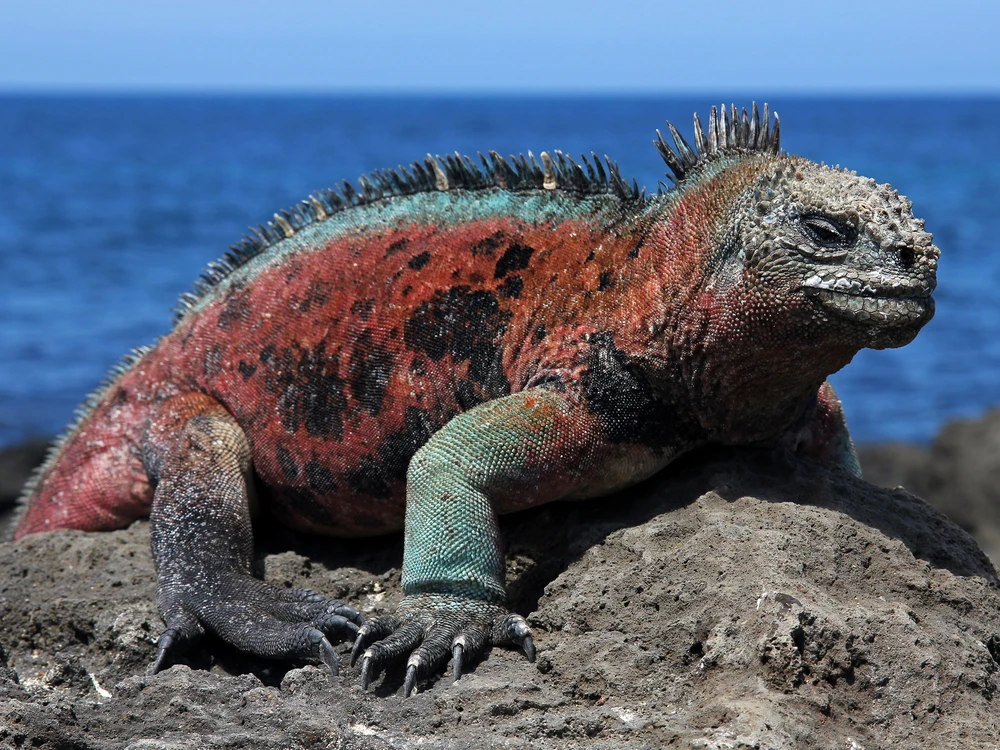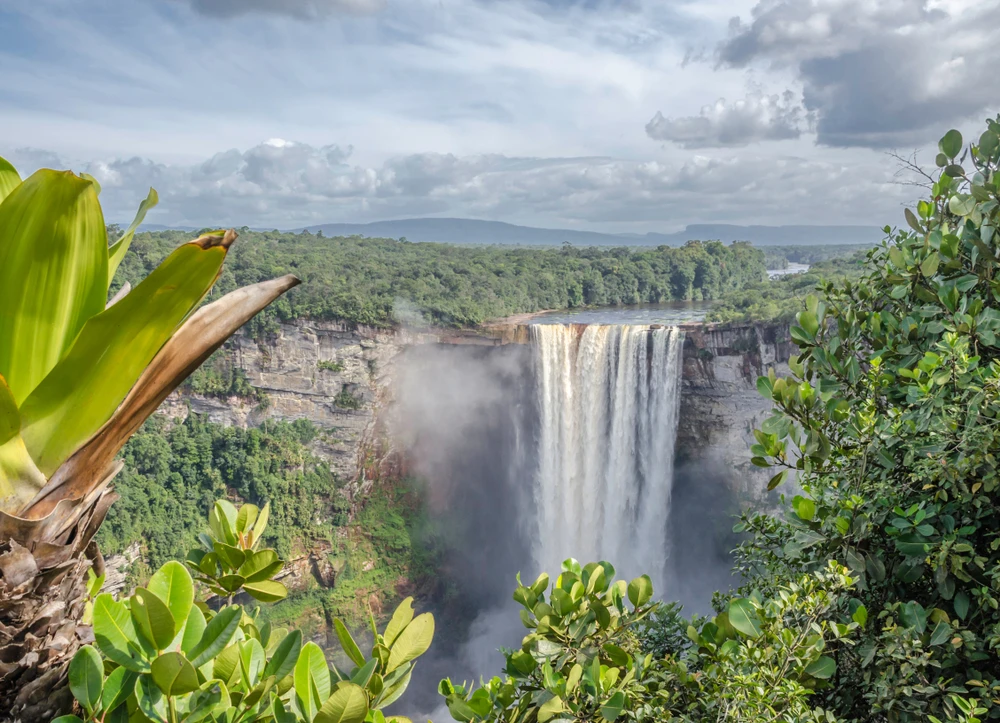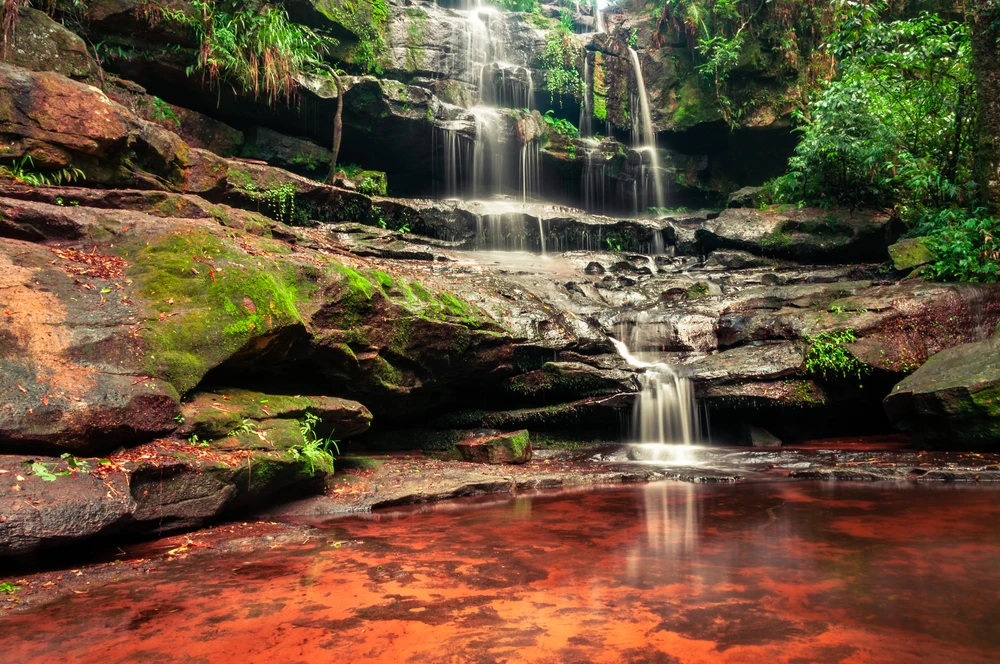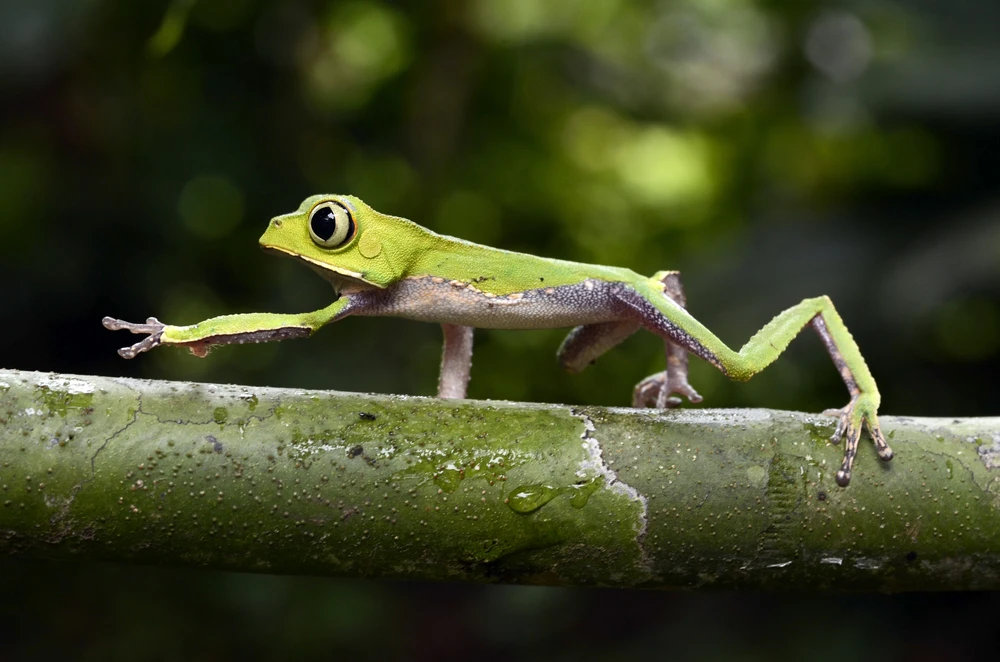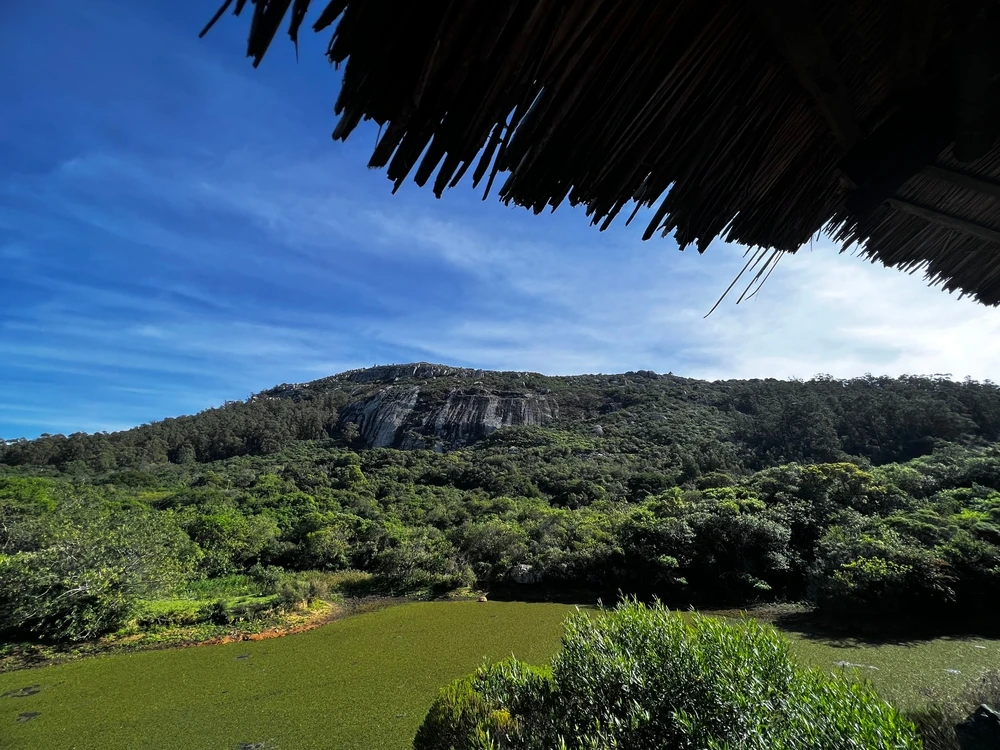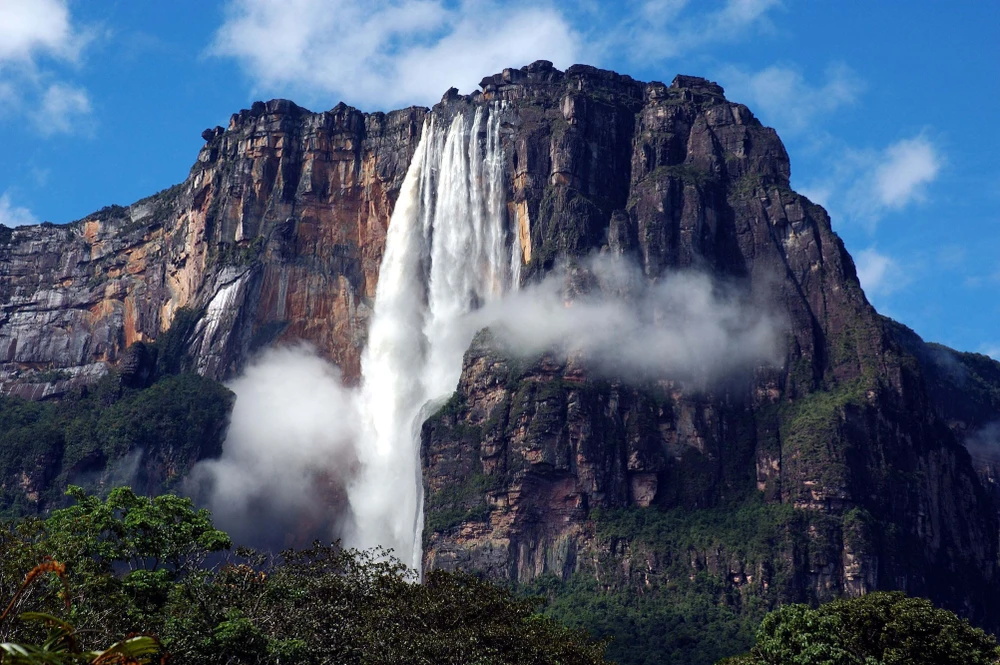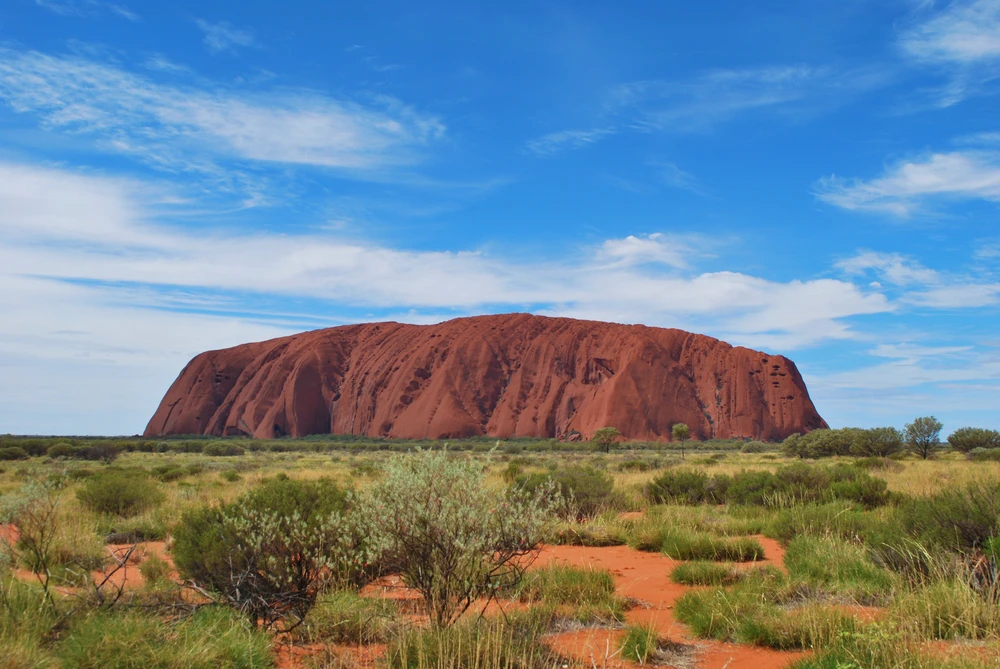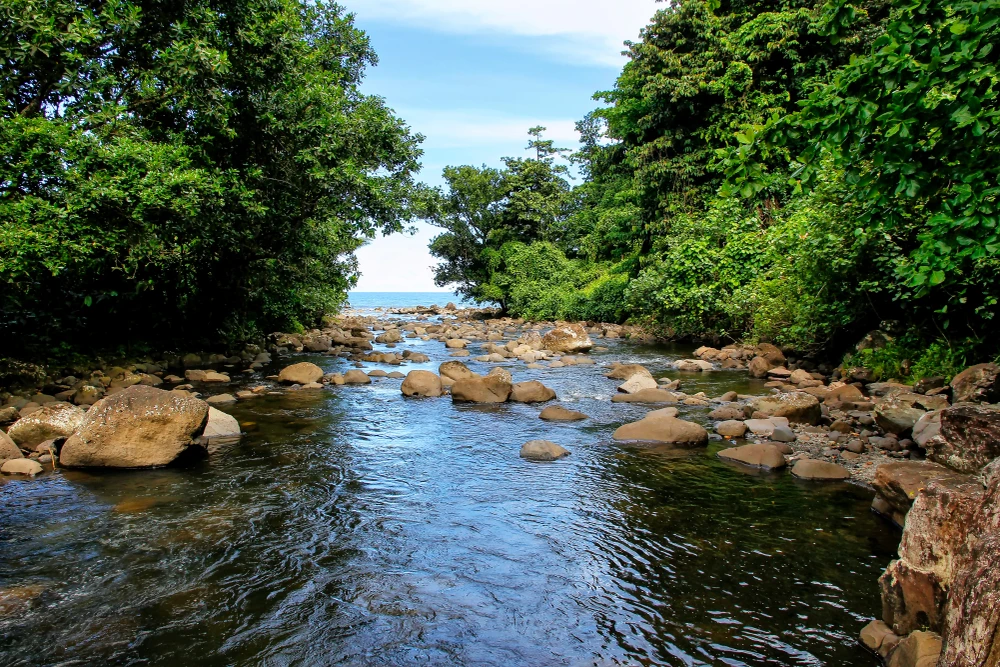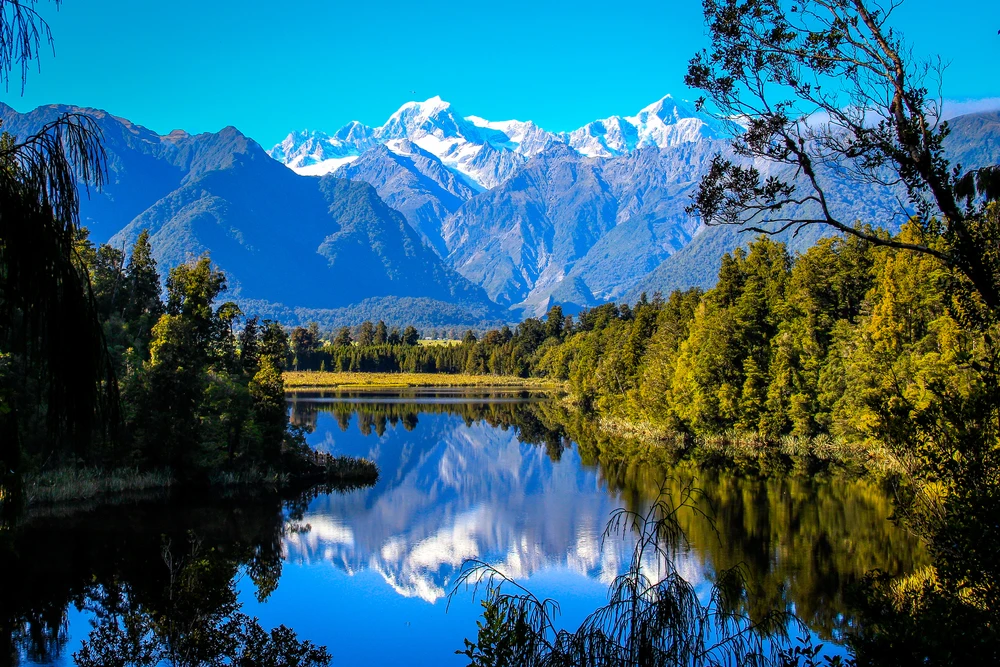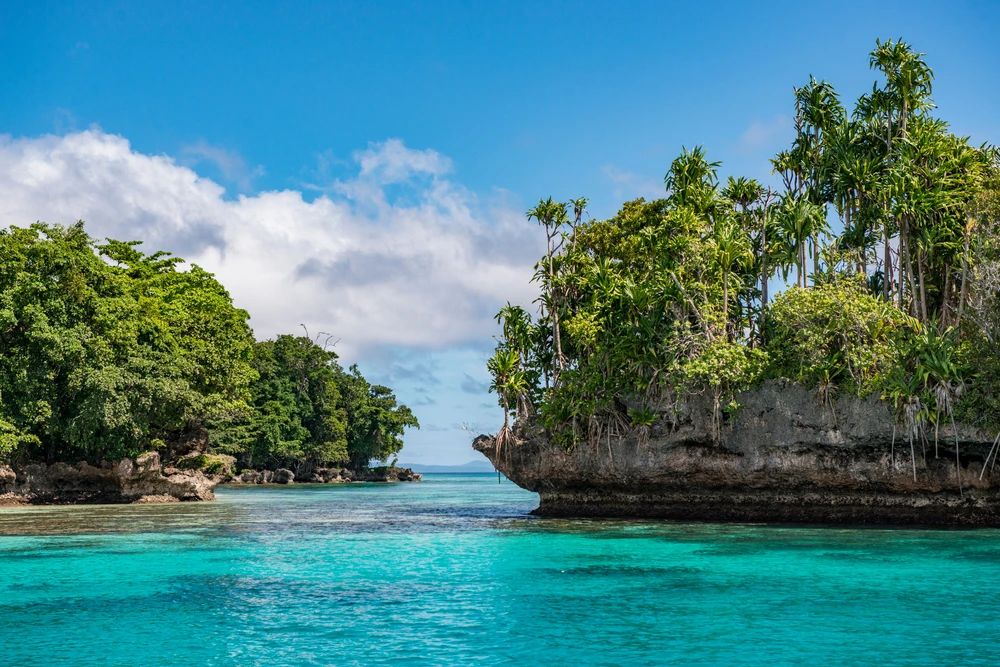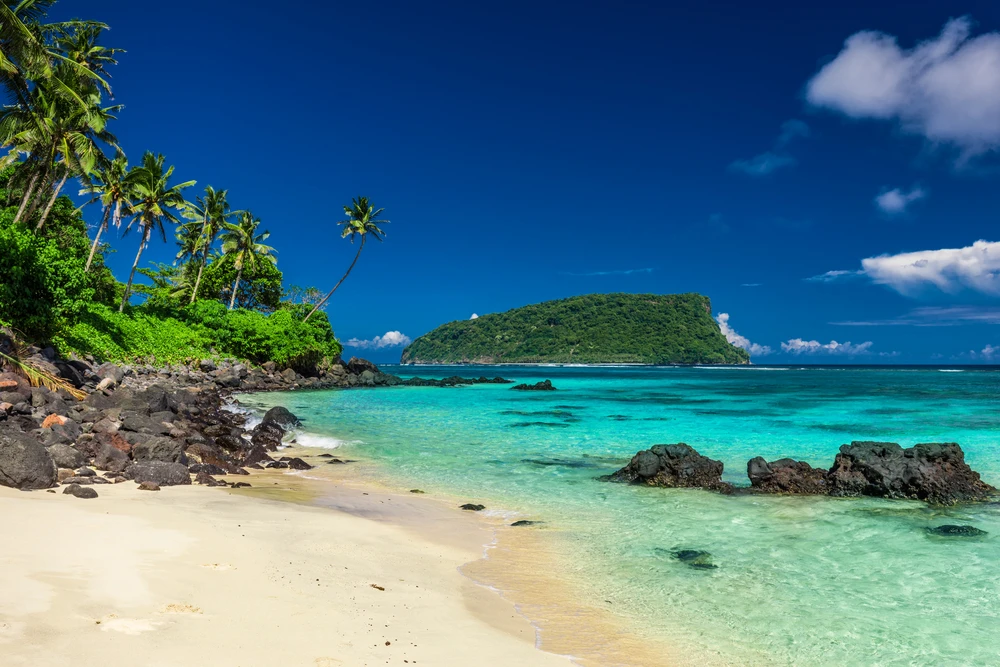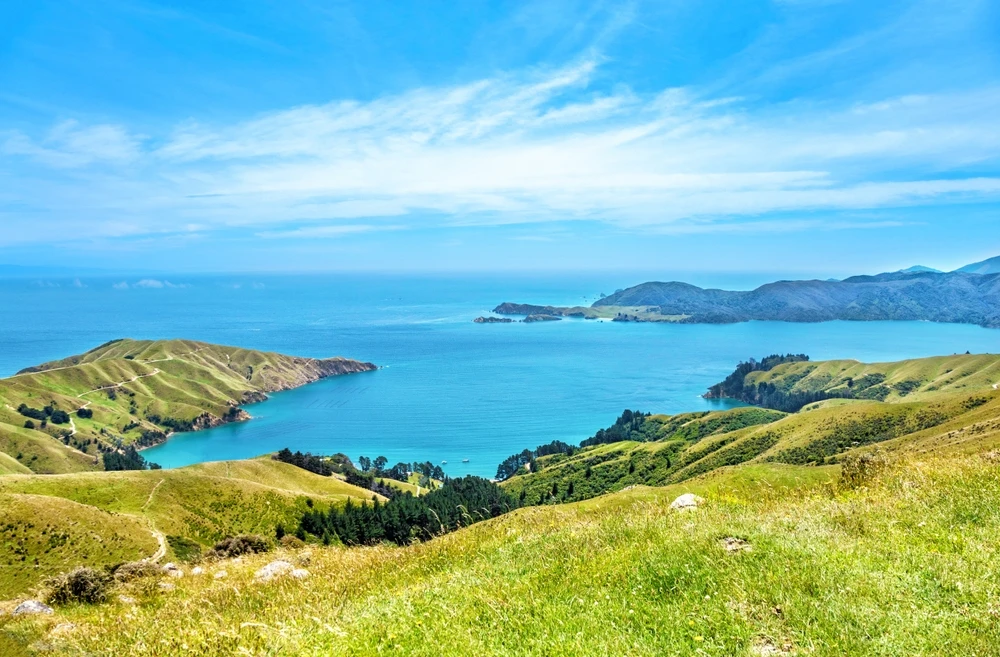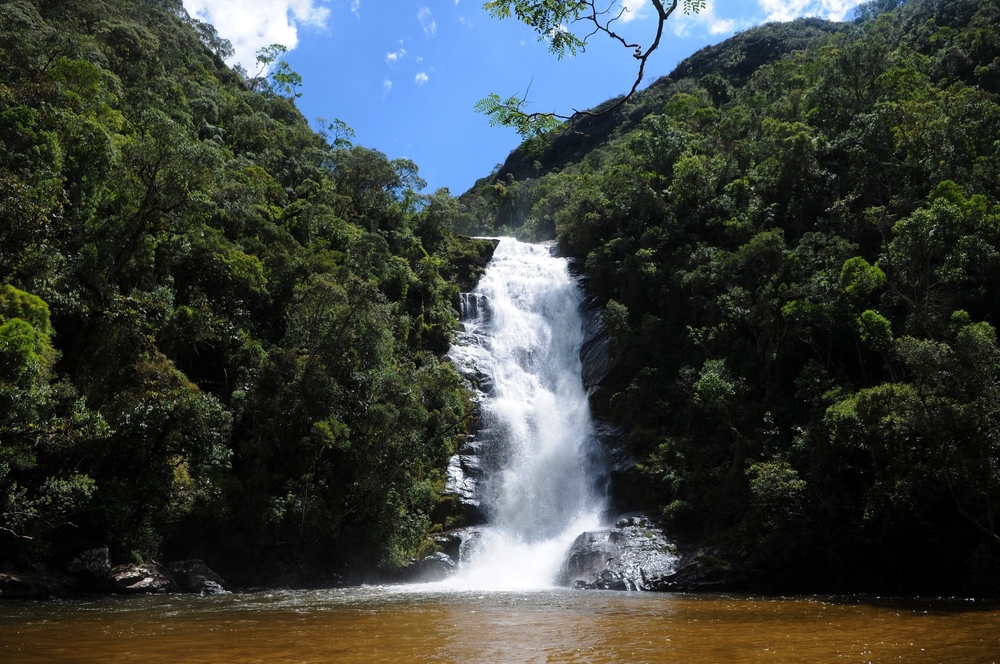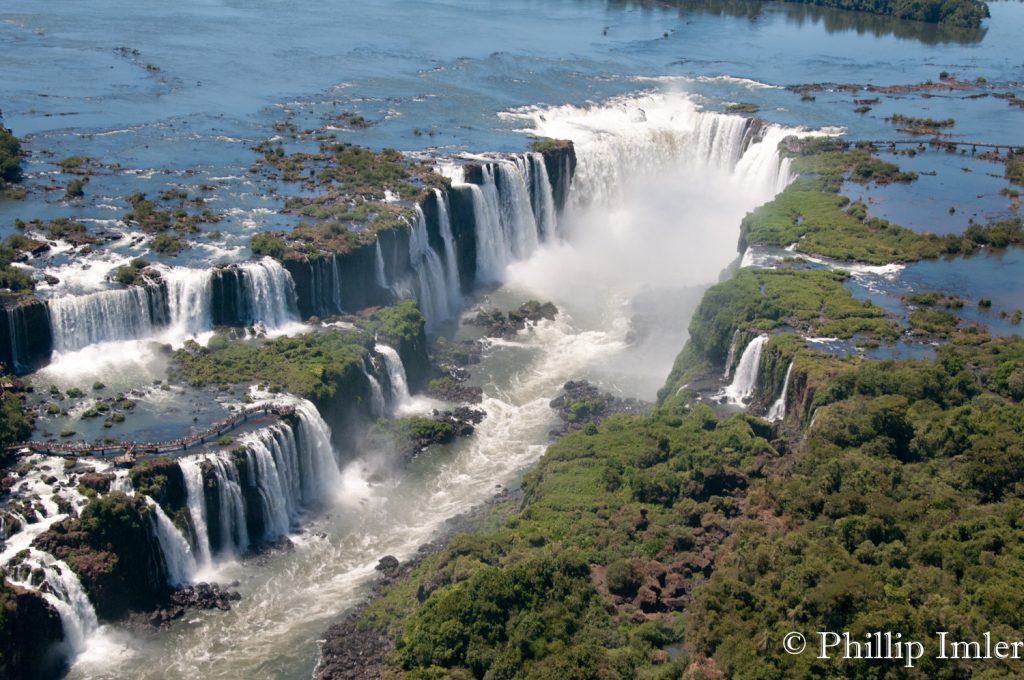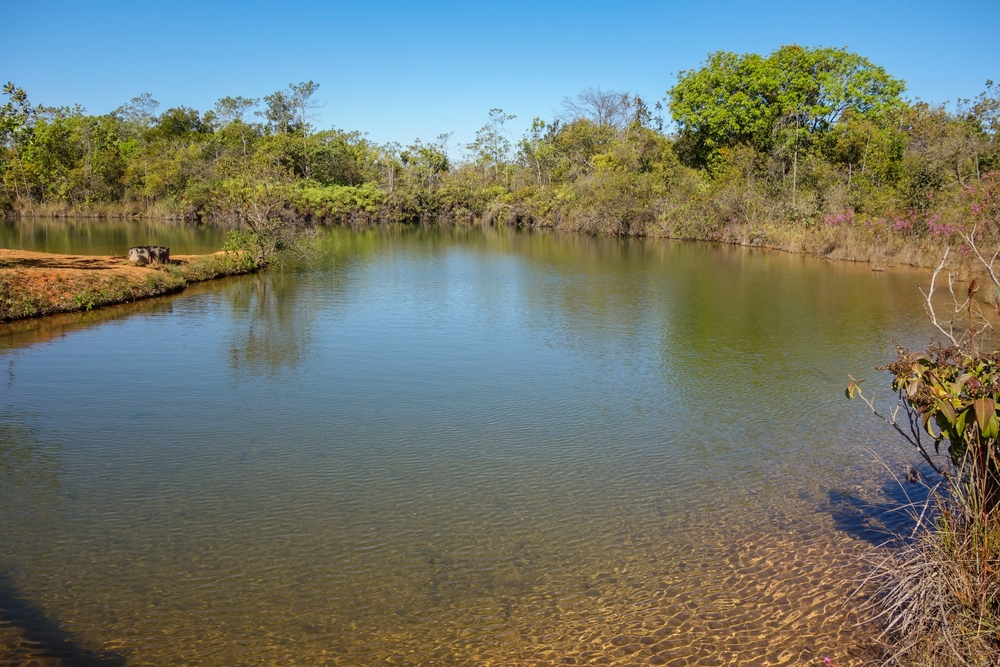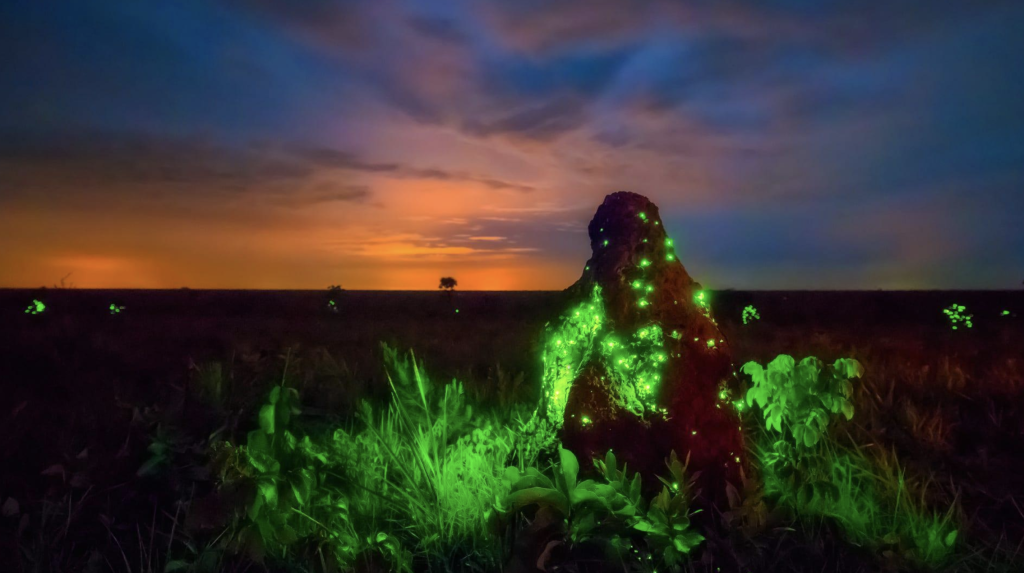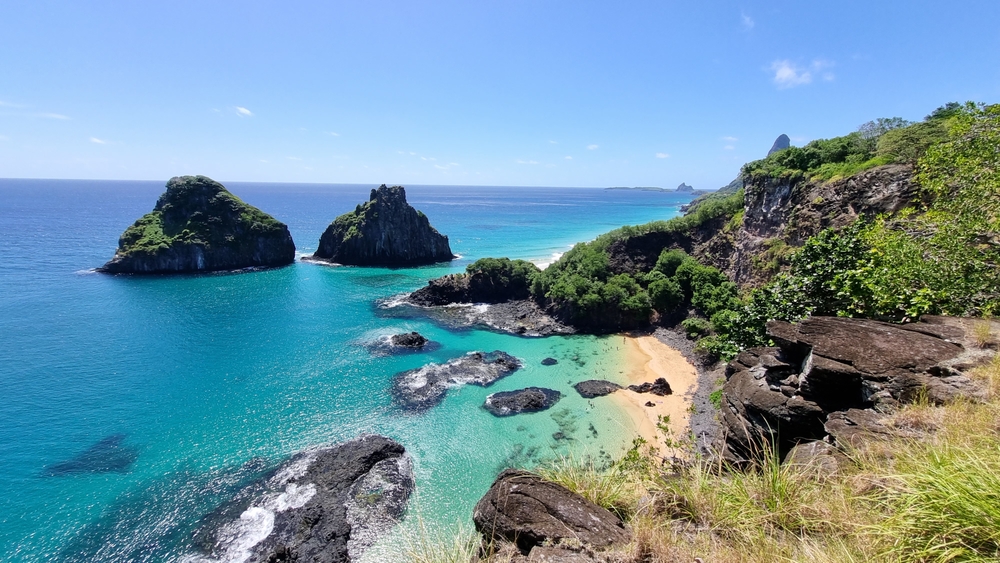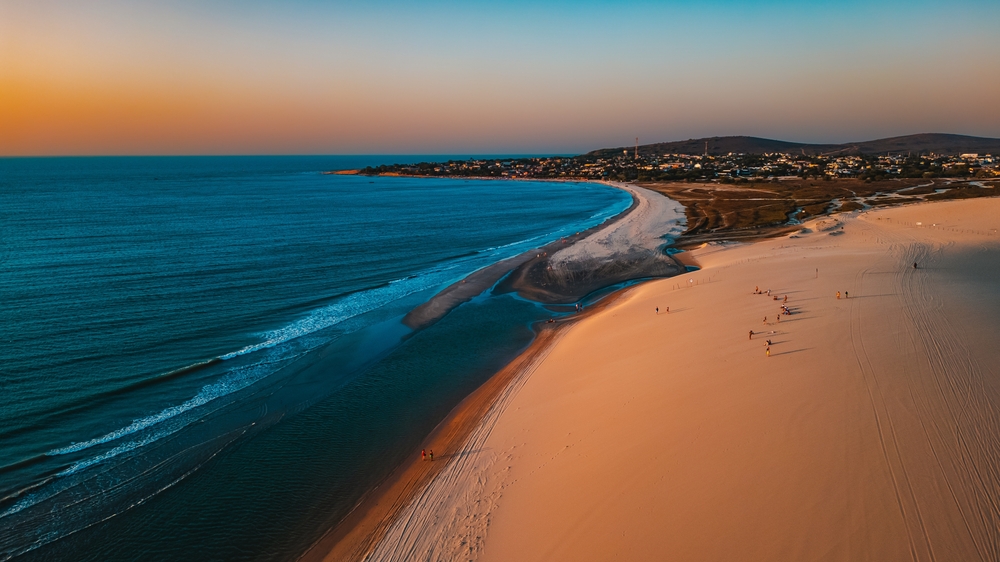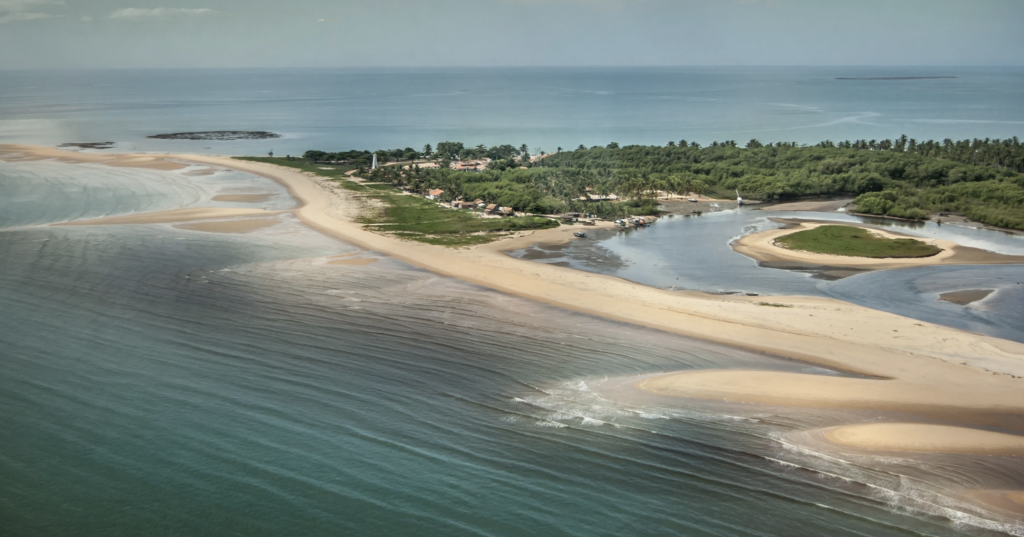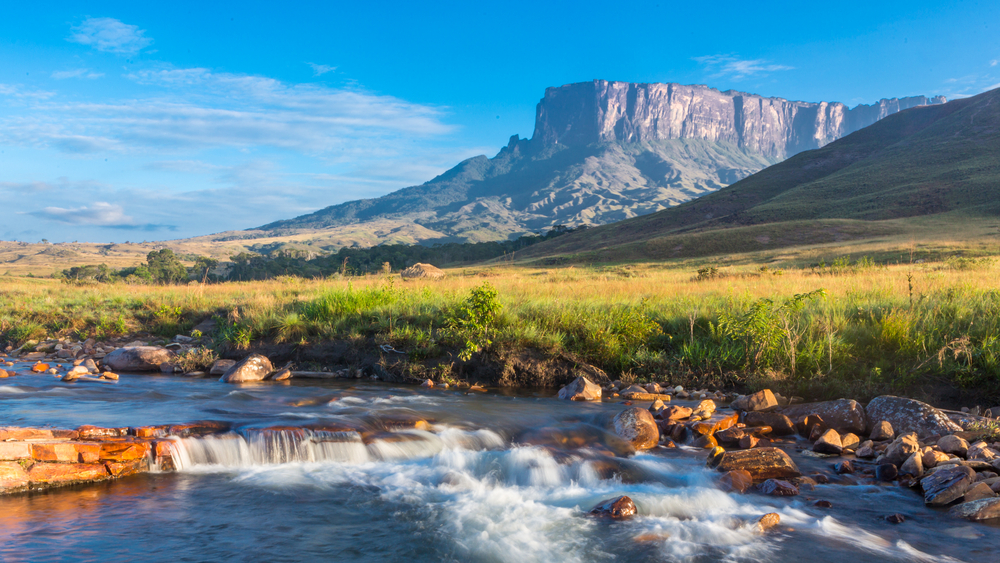Serra da Bocaina Overview
Serra da Bocaina National Park, known as Parque Nacional da Serra da Bocaina in Portuguese, is a vast protected area straddling the states of Rio de Janeiro and São Paulo in southeastern Brazil.
Covering approximately 1,041 square miles (2,700 square kilometers), the park is a sanctuary of biodiversity and scenic landscapes, forming part of the Atlantic Forest biome. The park extends from the coastal region up into the highlands of the Serra do Mar mountain range, creating a dynamic environment that includes steep escarpments, deep valleys, and lush rainforests.
Among its most notable features is Pico do Tira Chapéu, the highest peak in the park, rising to about 6,627 feet (2,020 meters) above sea level. Waterfalls such as Cachoeira do Veado and Cachoeira Santo Izidro add to the park’s dramatic beauty, cascading down rocky cliffs into crystal-clear pools. The terrain varies from thick, misty cloud forests to open grasslands, providing diverse habitats that sustain an incredible array of plant and animal life.
Serra da Bocaina is a haven for wildlife, hosting a remarkable diversity of species within its Atlantic Forest ecosystem. The park is home to elusive mammals such as jaguars, ocelots, and pumas, as well as smaller species like tapirs, capybaras, and howler monkeys, whose haunting calls echo through the dense vegetation.
The birdlife in the park is equally impressive, with over 300 species recorded, including the striking black-fronted piping guan and the vibrant saffron toucanet. Many of these species are endemic to the Atlantic Forest and are considered rare or endangered, making the park an essential refuge for their survival. Reptiles and amphibians thrive in the humid environment, with brightly colored frogs and lizards often seen clinging to the moss-covered trees.
The park’s rugged terrain and pristine landscapes make it a favorite destination for outdoor enthusiasts. One of its most famous attractions is the Trilha do Ouro (Gold Trail), a historic path originally used by Portuguese settlers and African slaves to transport gold from inland Brazil to the coast.
Today, this trail offers a challenging yet rewarding trek through dense forest, past cascading waterfalls, and across centuries-old stone-paved paths. The park’s extensive network of trails provides opportunities for hiking, birdwatching, and wildlife photography, allowing visitors to immerse themselves in its untouched beauty.
For those seeking a less strenuous experience, the coastal portion of the park offers stunning beaches and natural pools where visitors can relax and enjoy the scenery.
Despite its natural beauty, Serra da Bocaina faces ongoing conservation challenges. The Atlantic Forest is one of the most threatened biomes in the world, with only a small fraction of its original coverage remaining. Deforestation, illegal hunting, and encroaching development pose significant threats to the park’s biodiversity.
However, conservation efforts led by Brazil’s environmental agencies and local organizations have helped protect the park’s fragile ecosystem. Reforestation projects and strict regulations on land use aim to preserve the remaining forest, while ecotourism initiatives provide economic incentives for sustainable practices.
The park’s status as a protected area has contributed to the recovery of several endangered species, demonstrating the importance of conservation in maintaining Brazil’s rich natural heritage.

